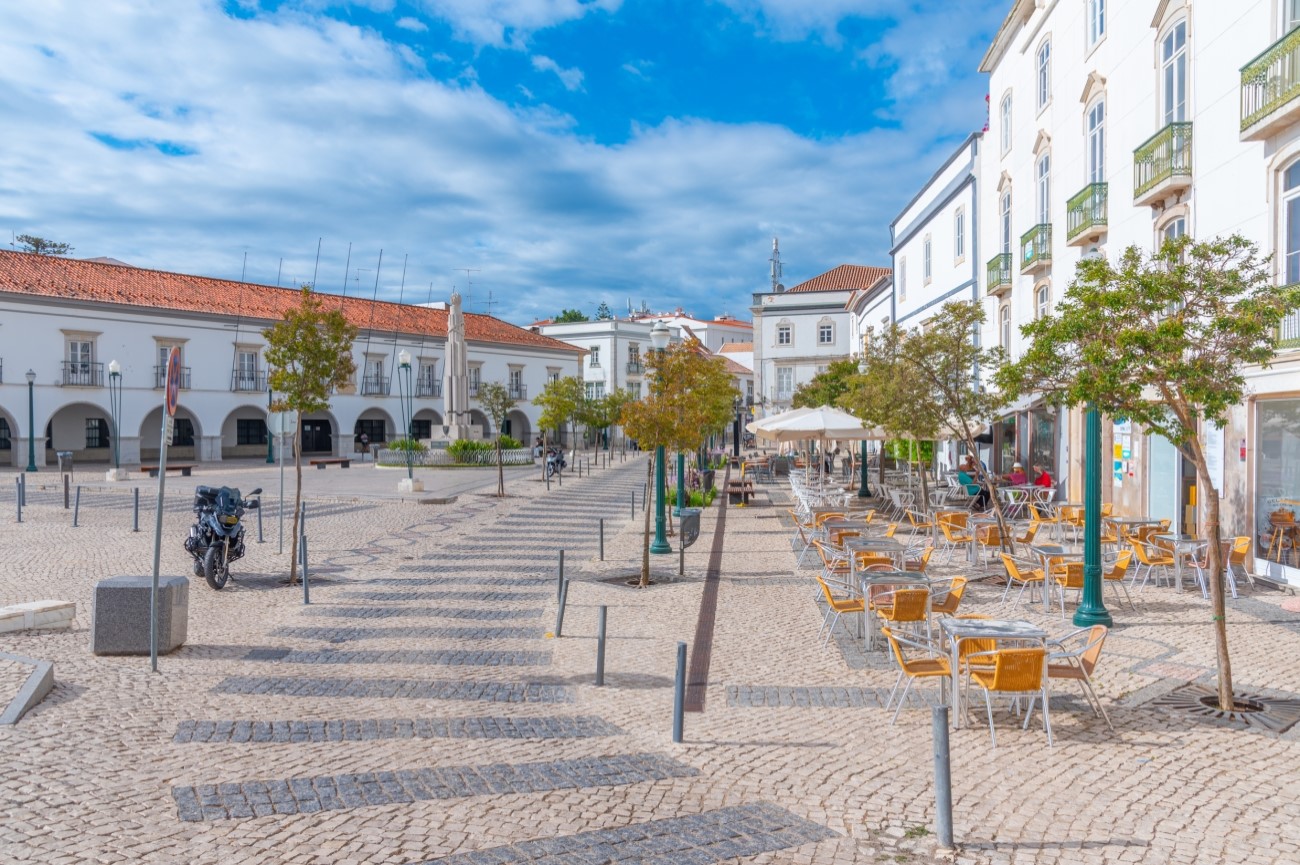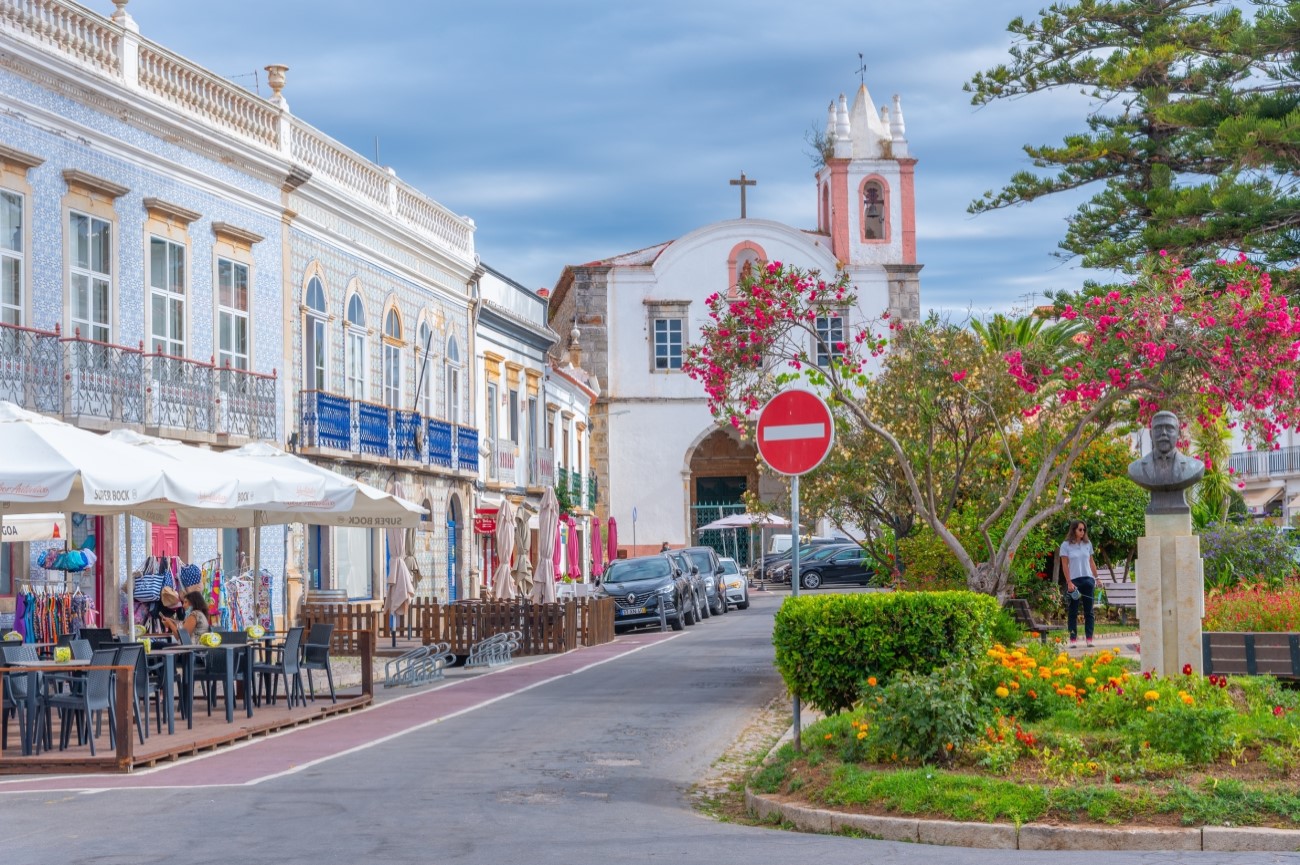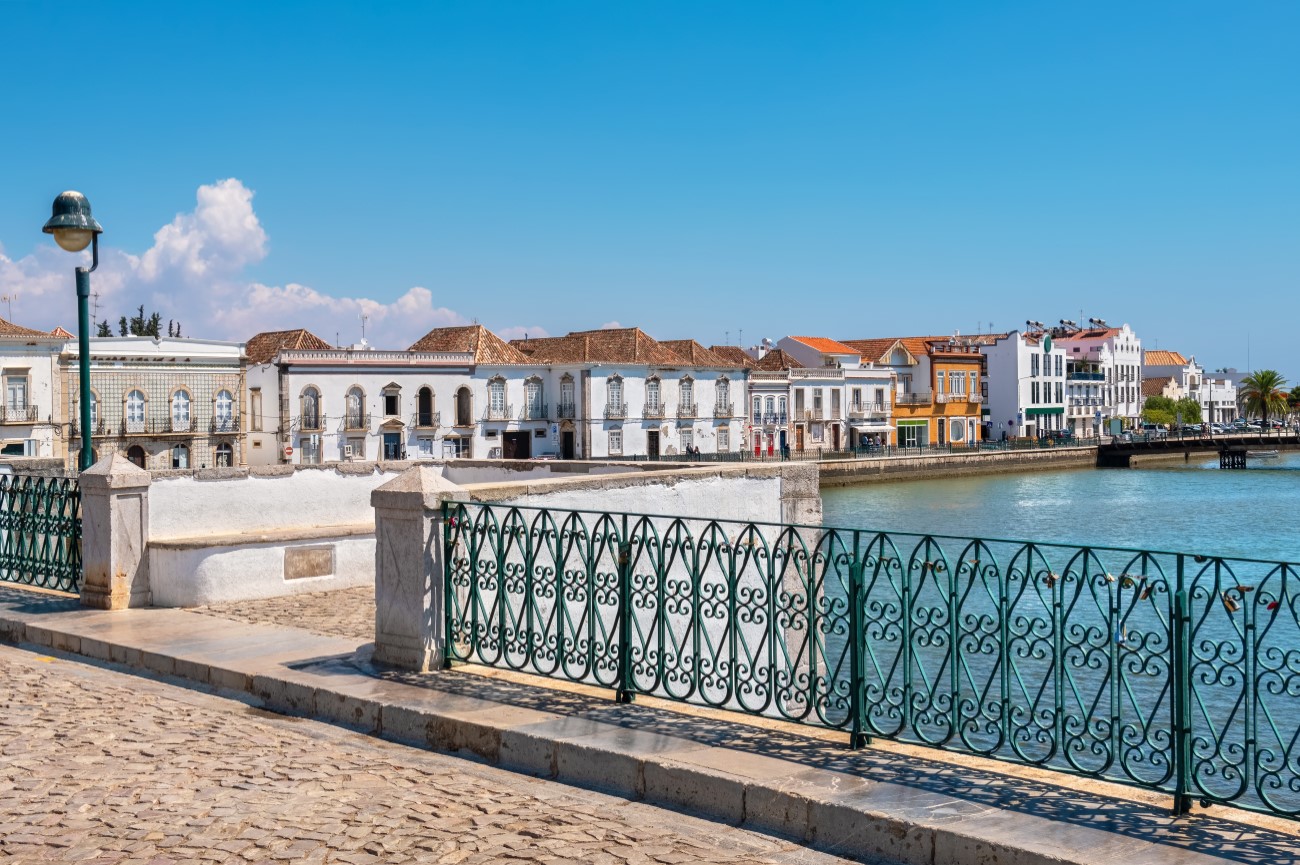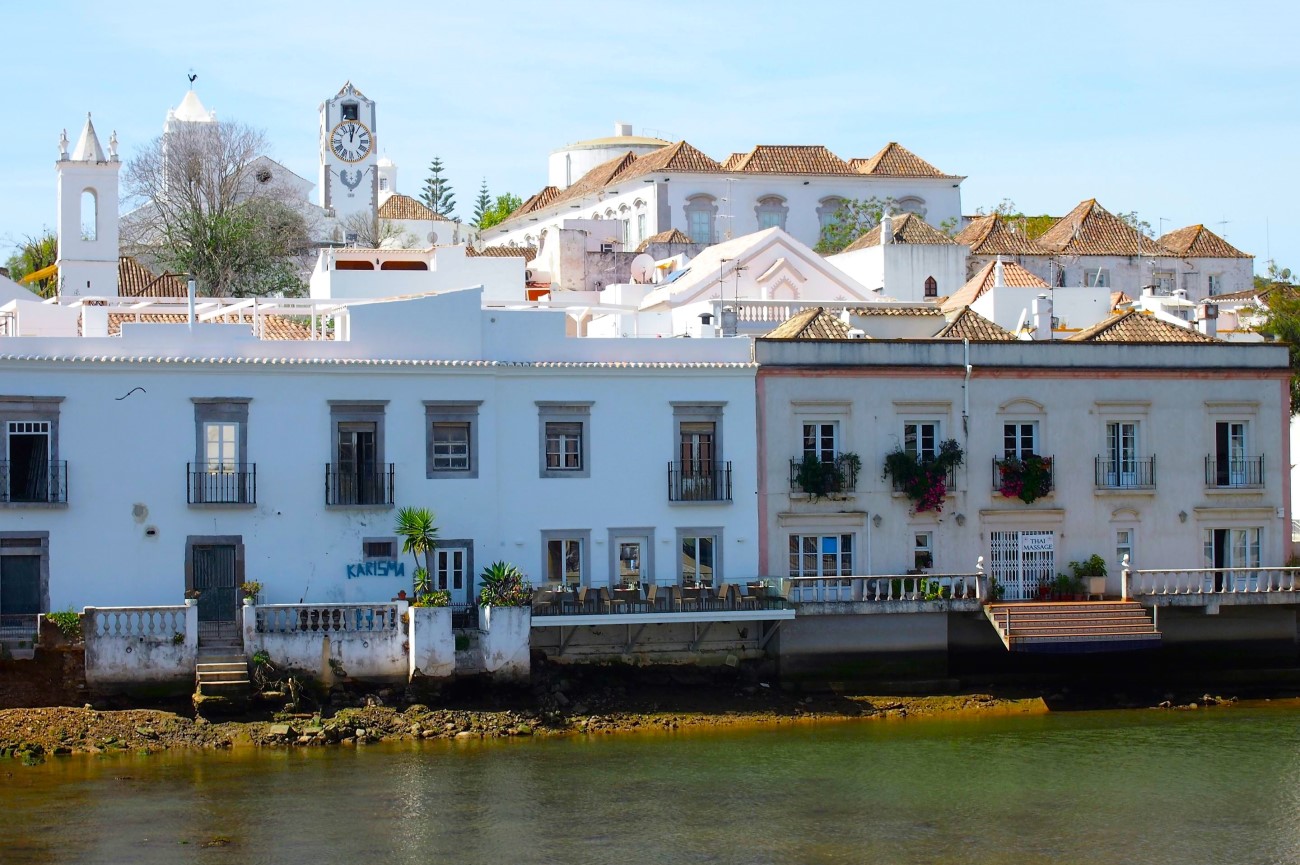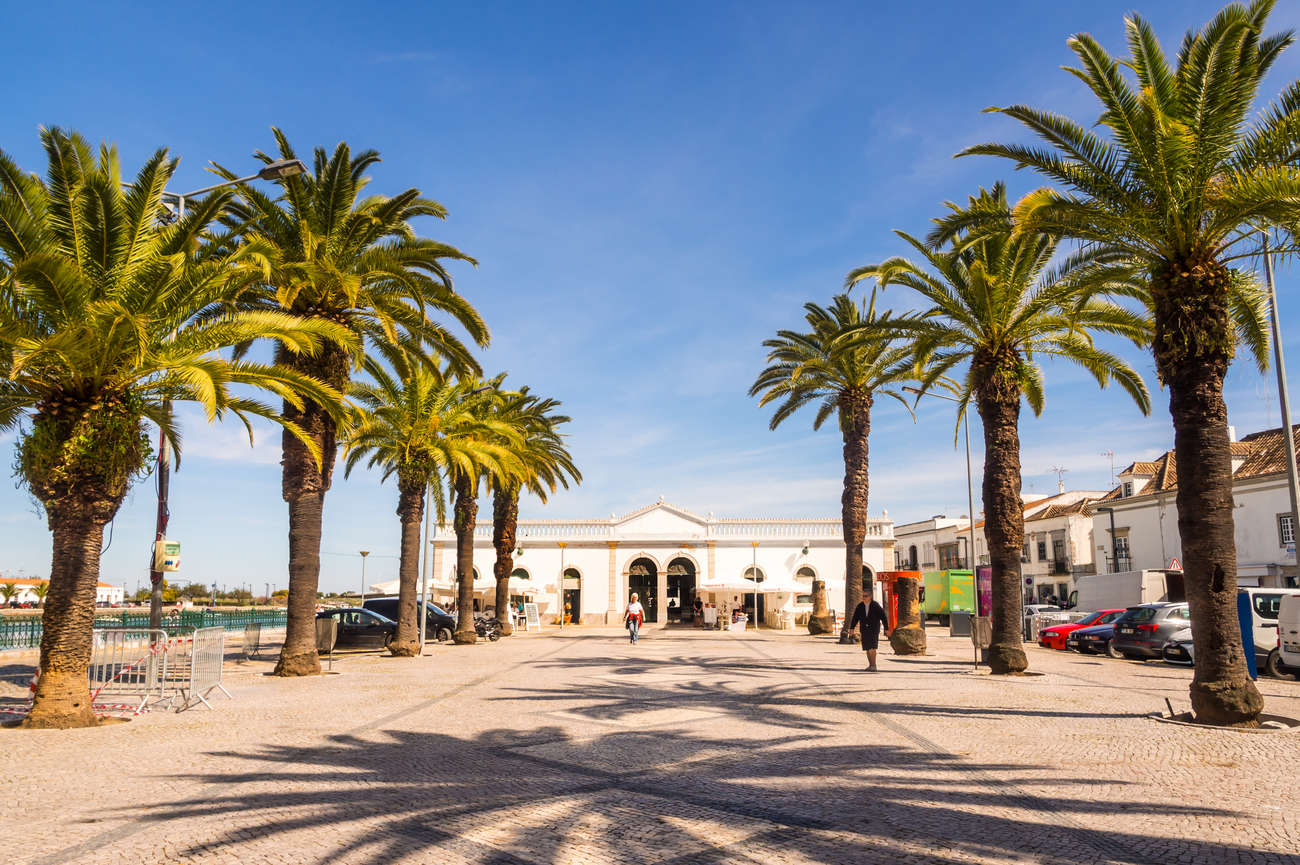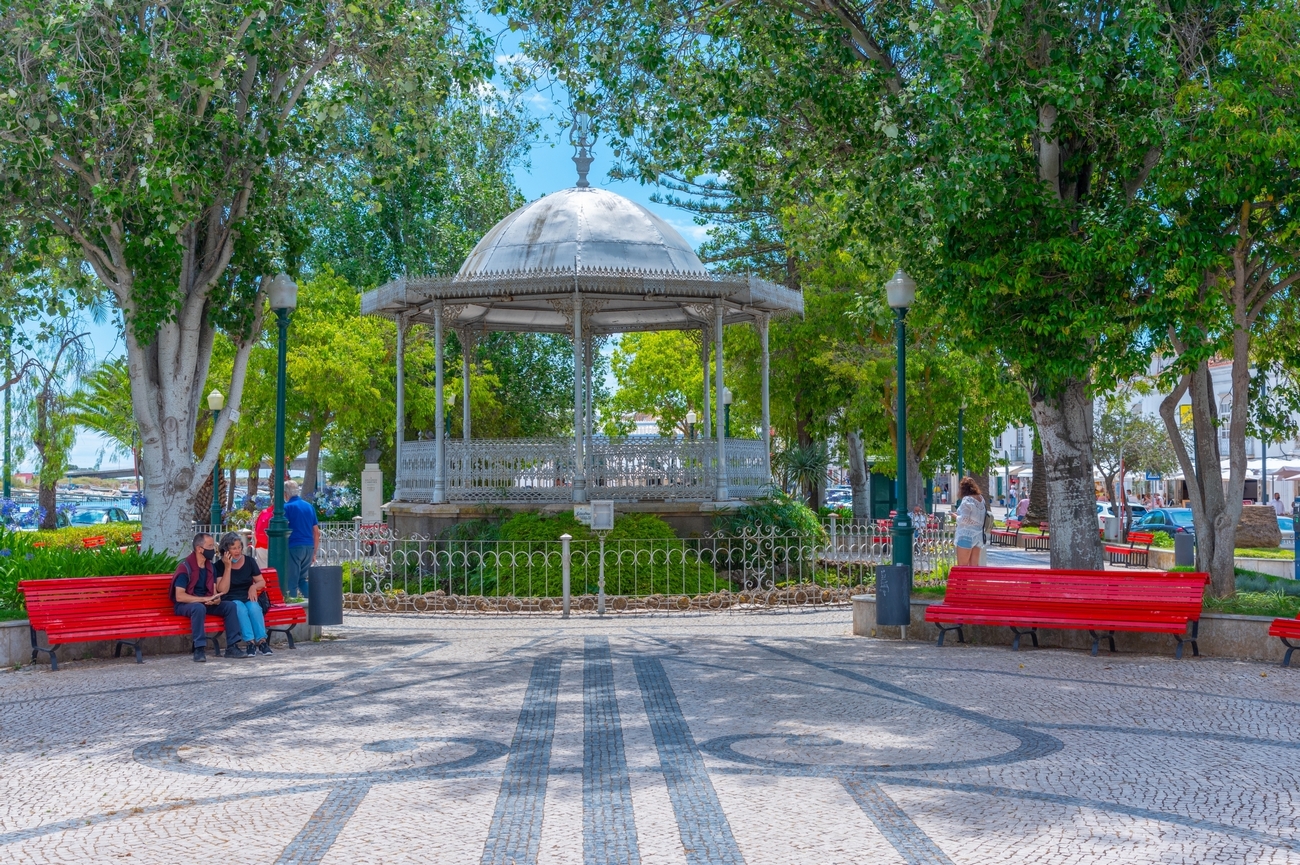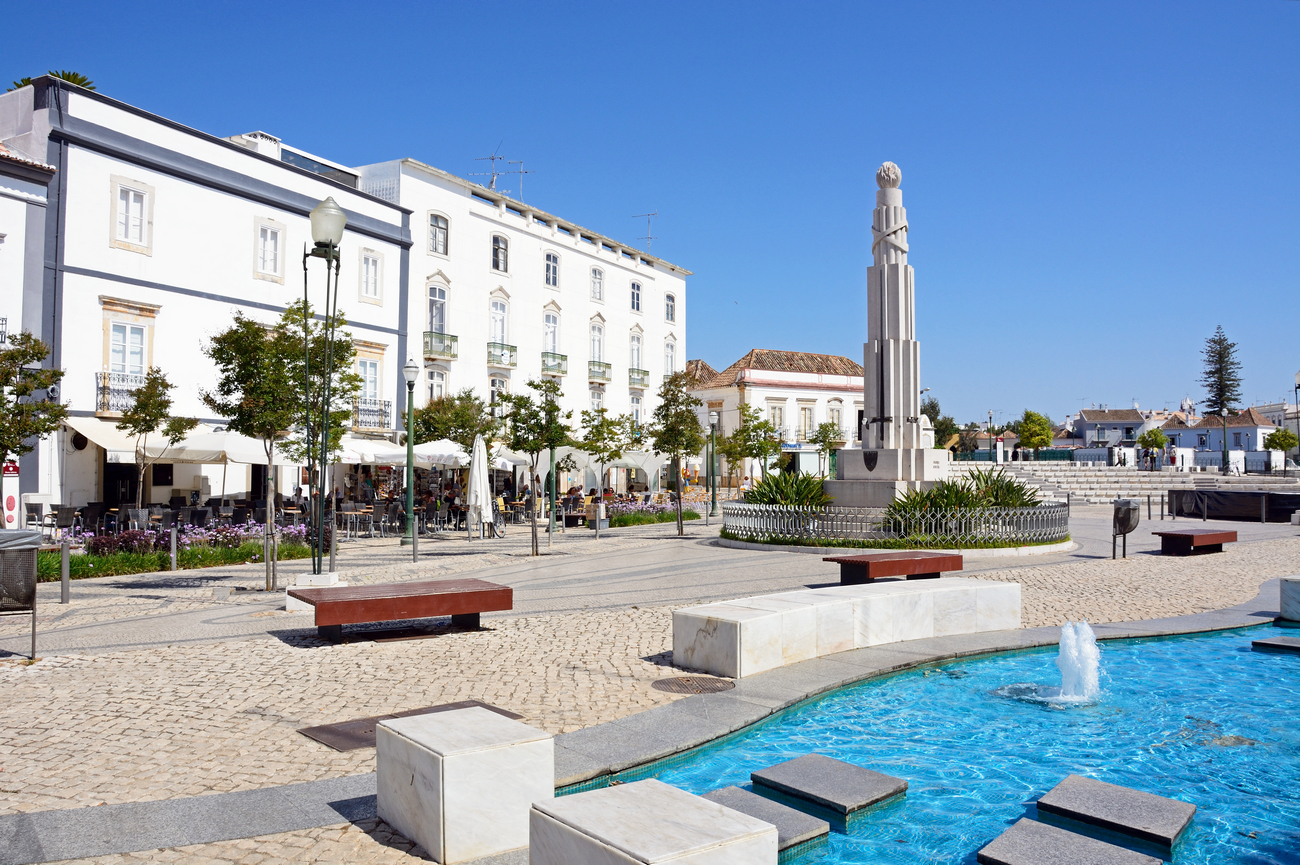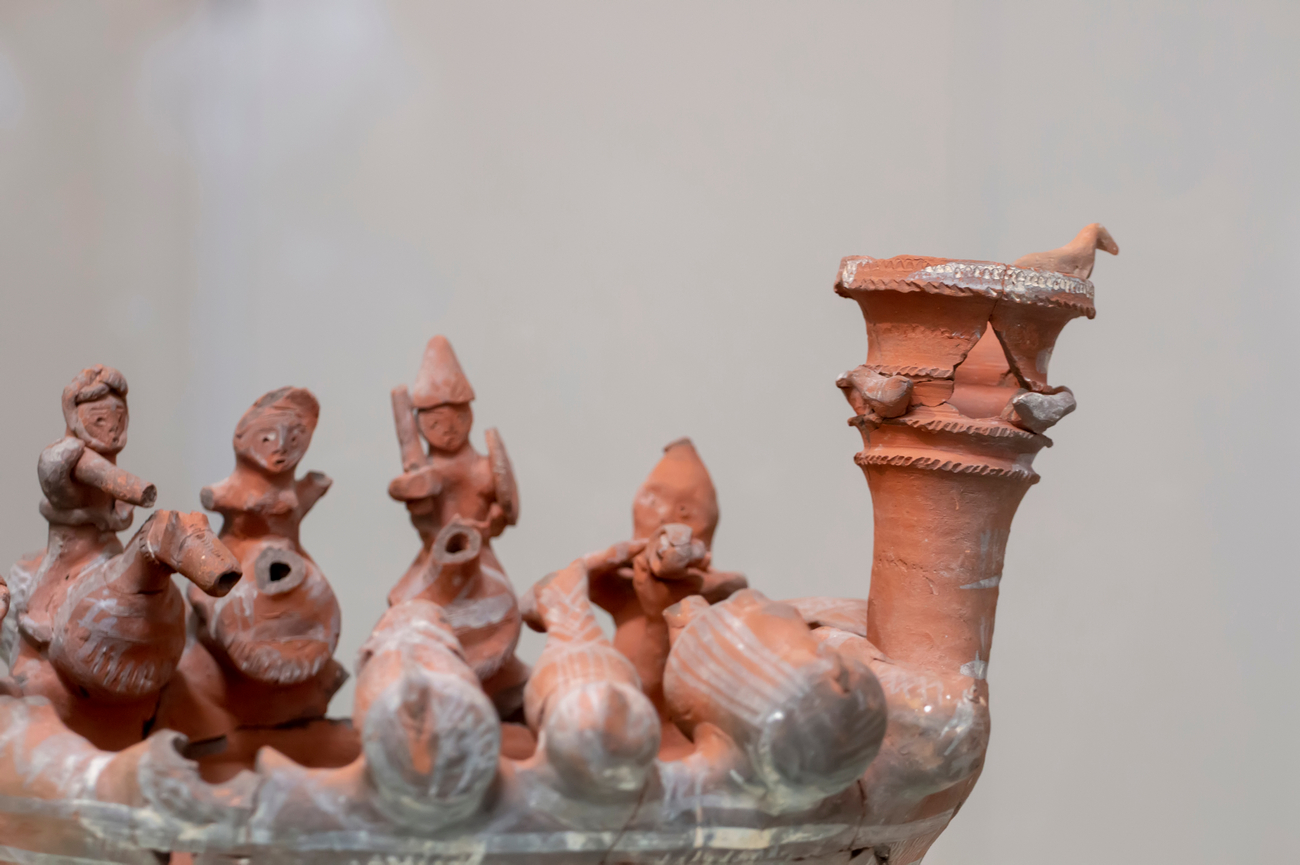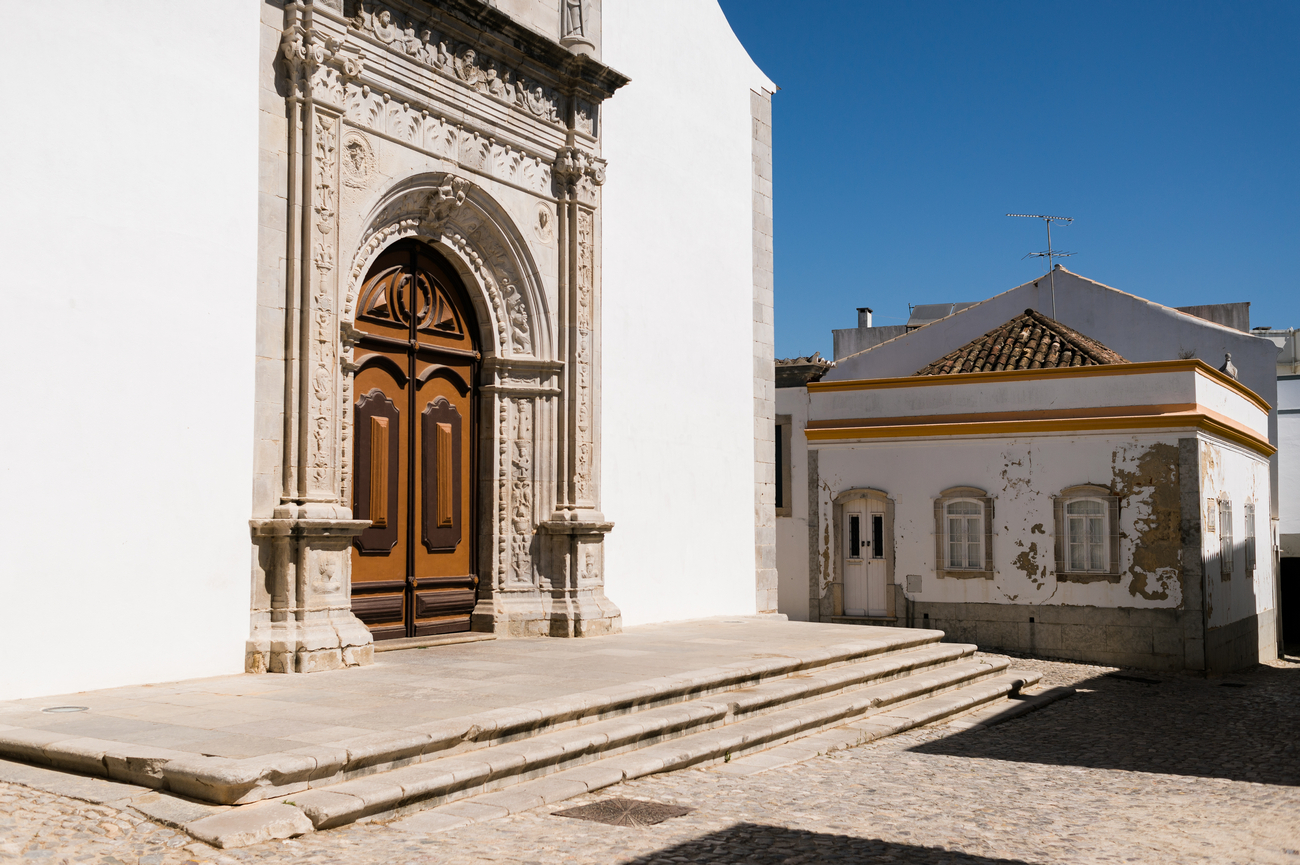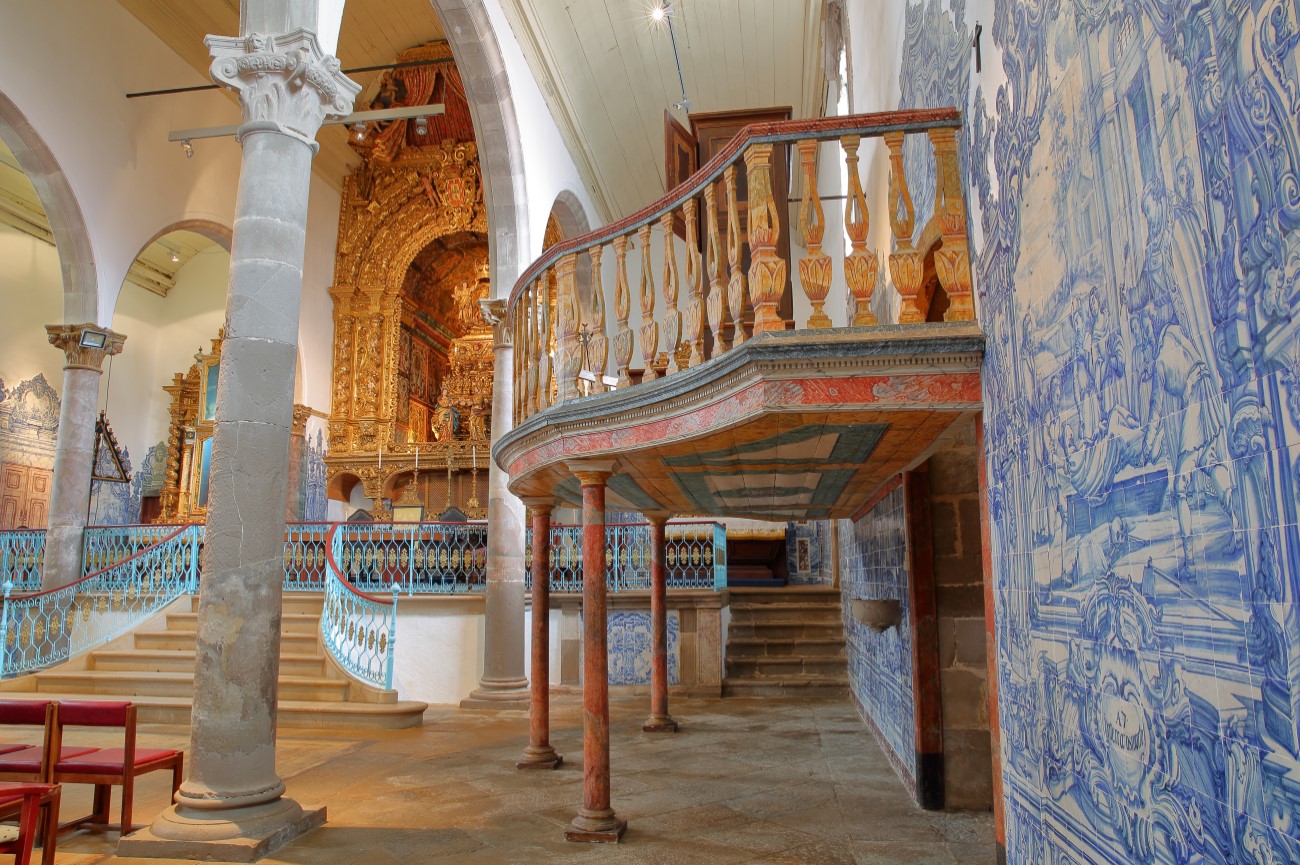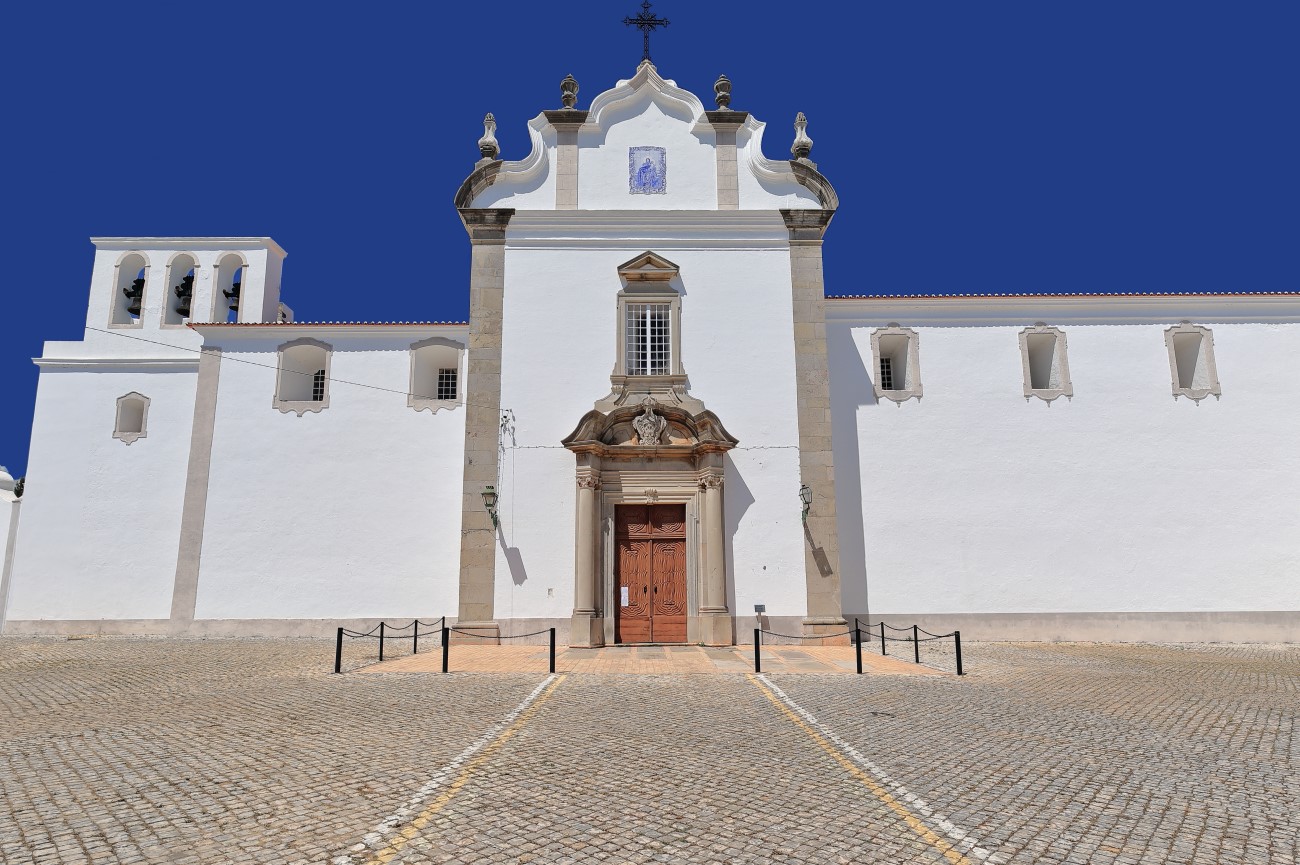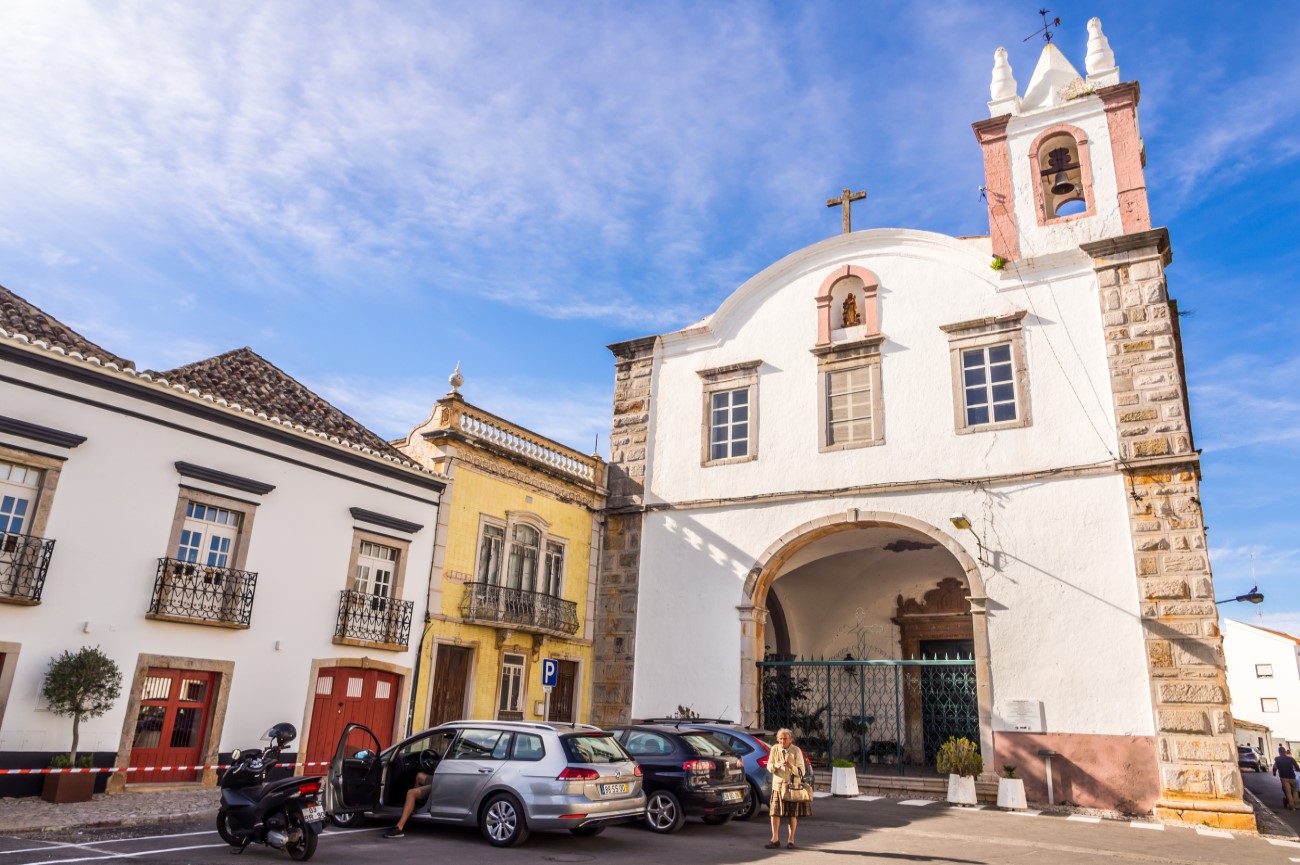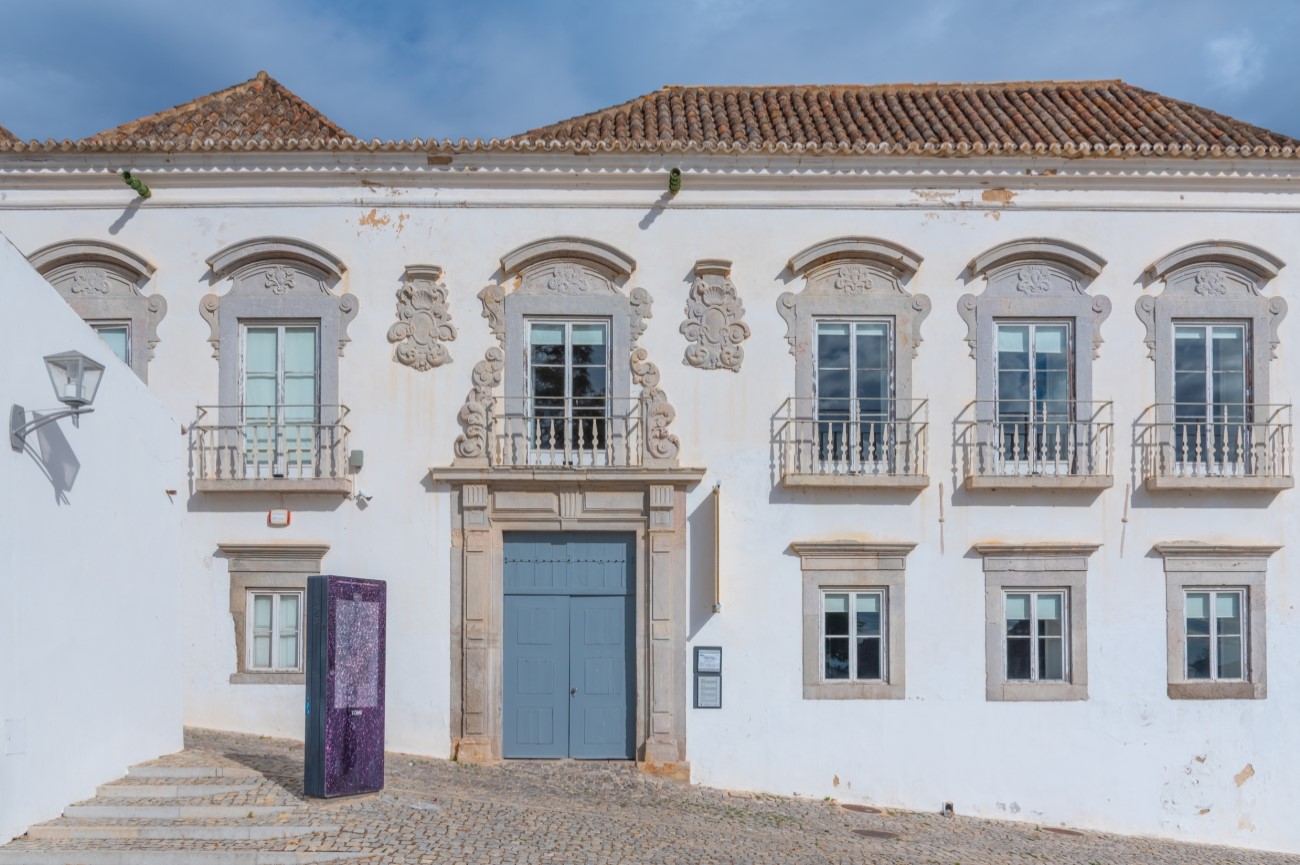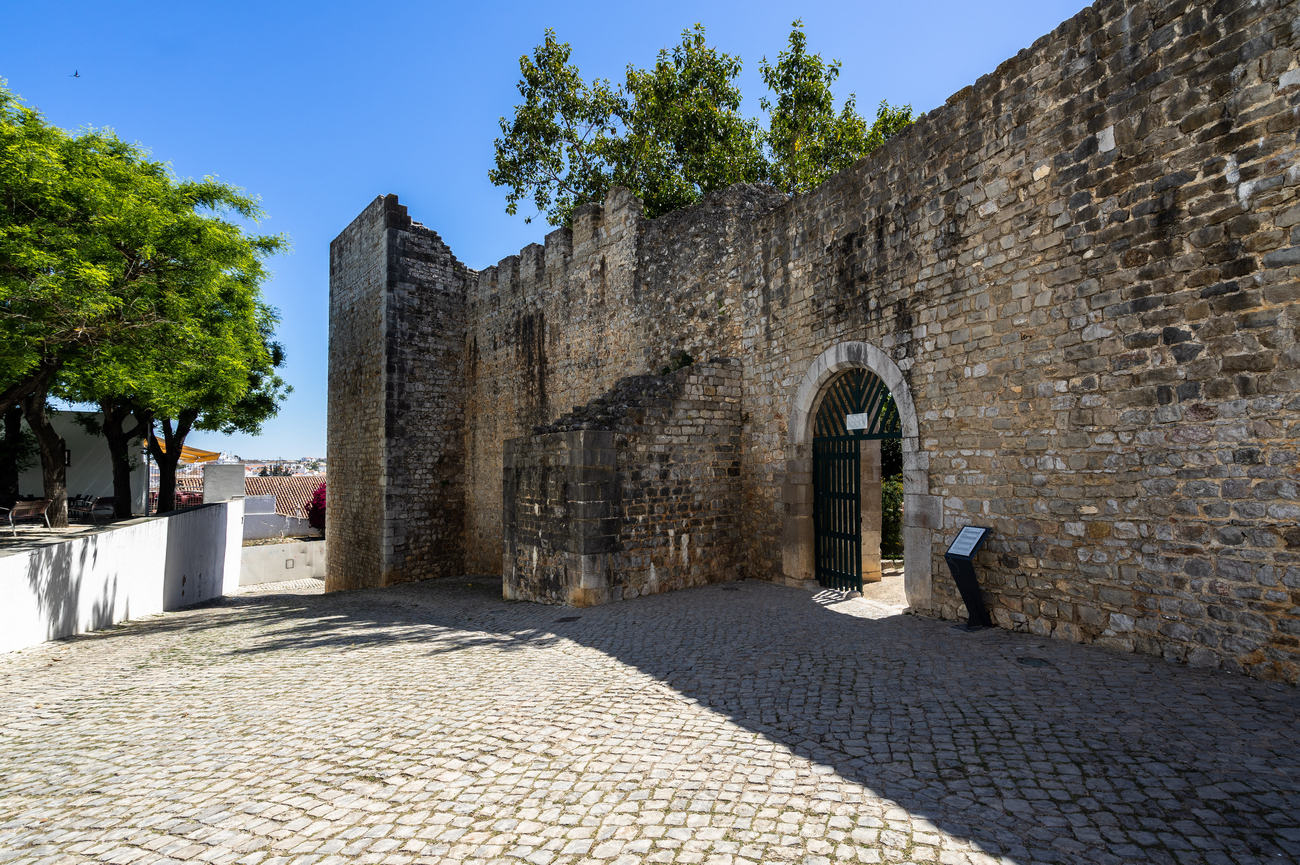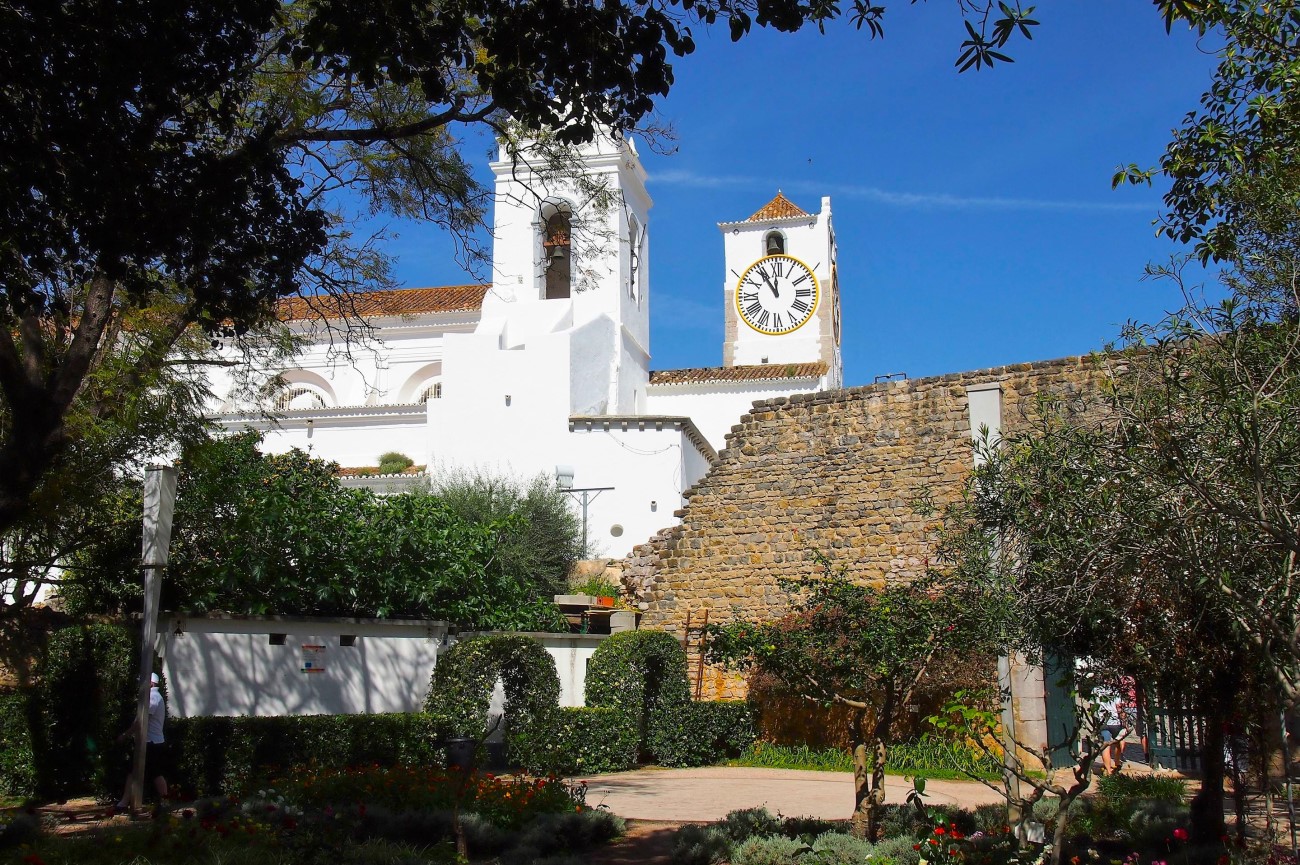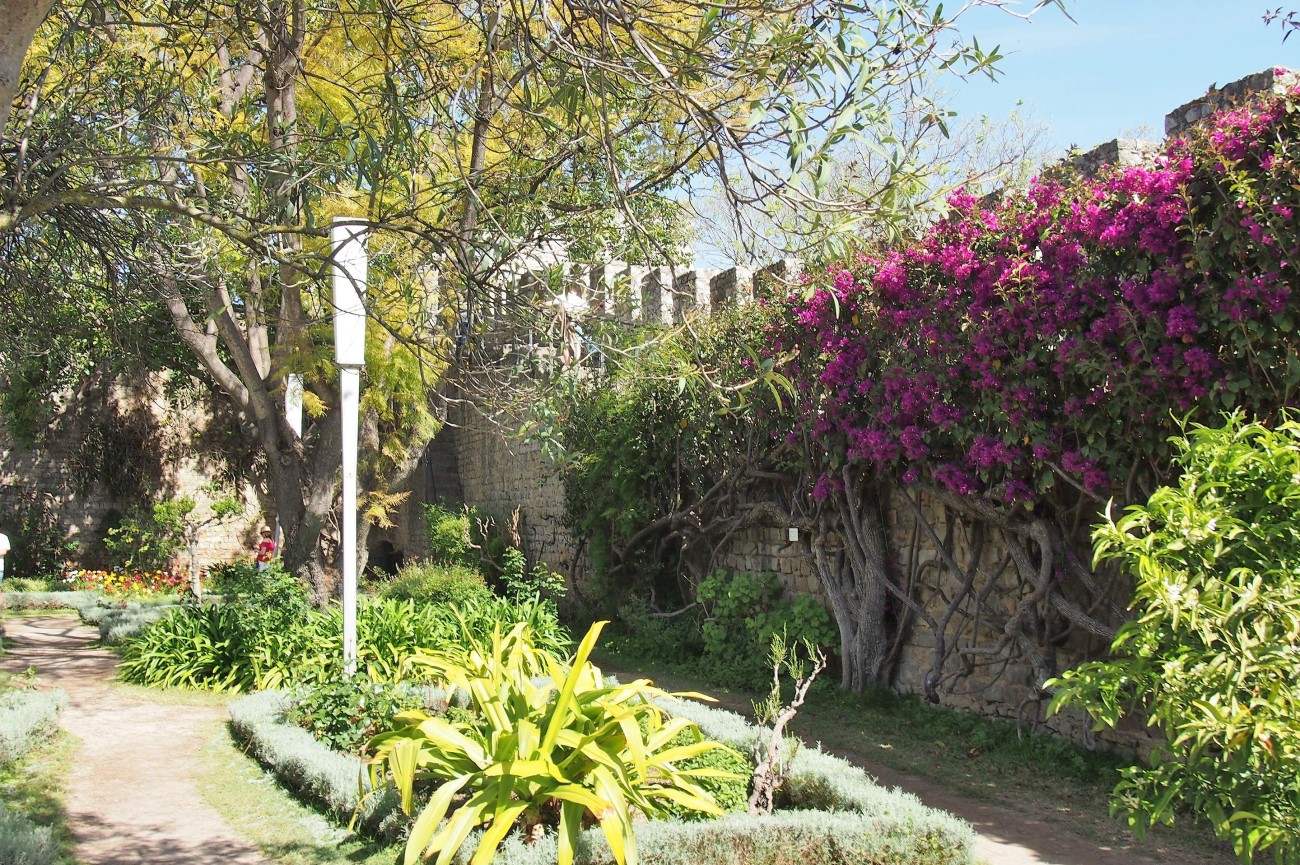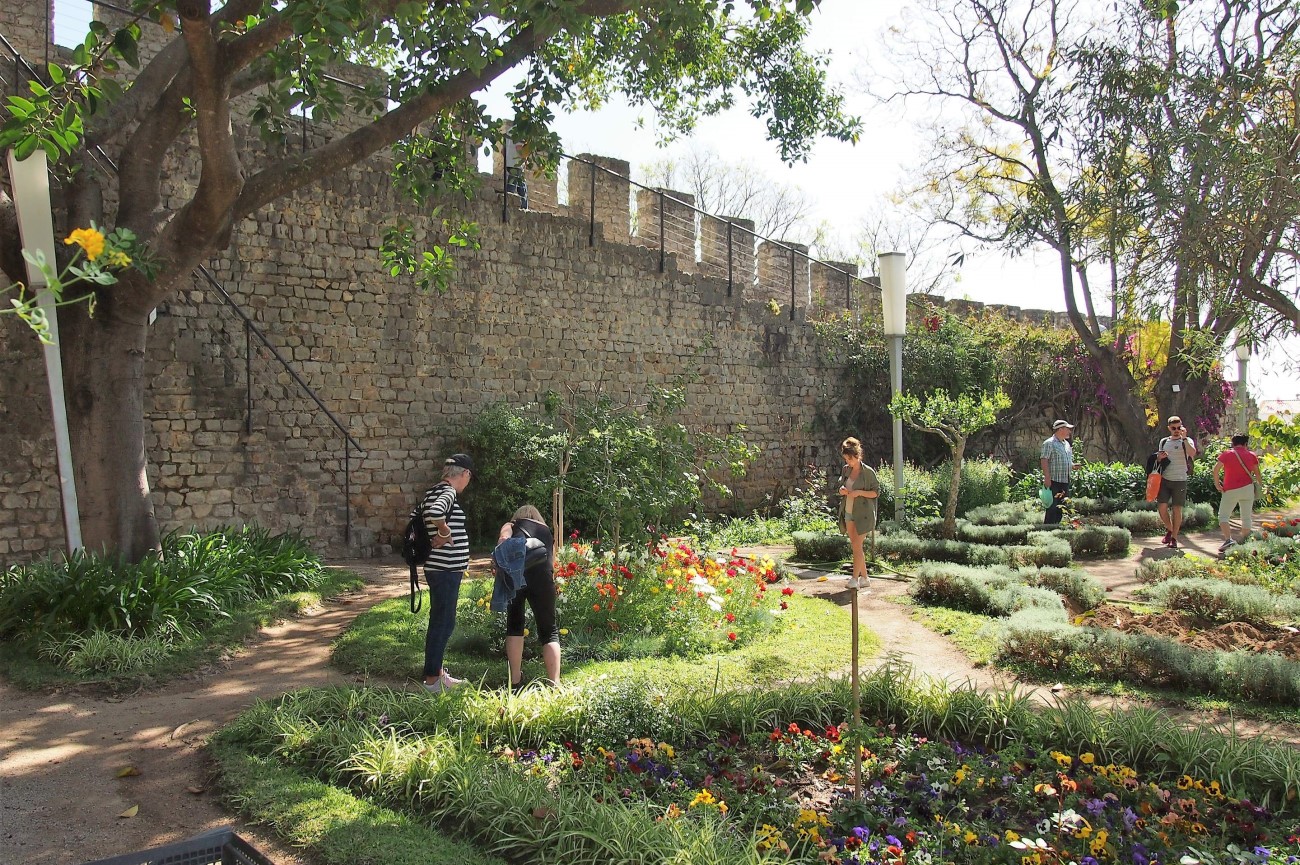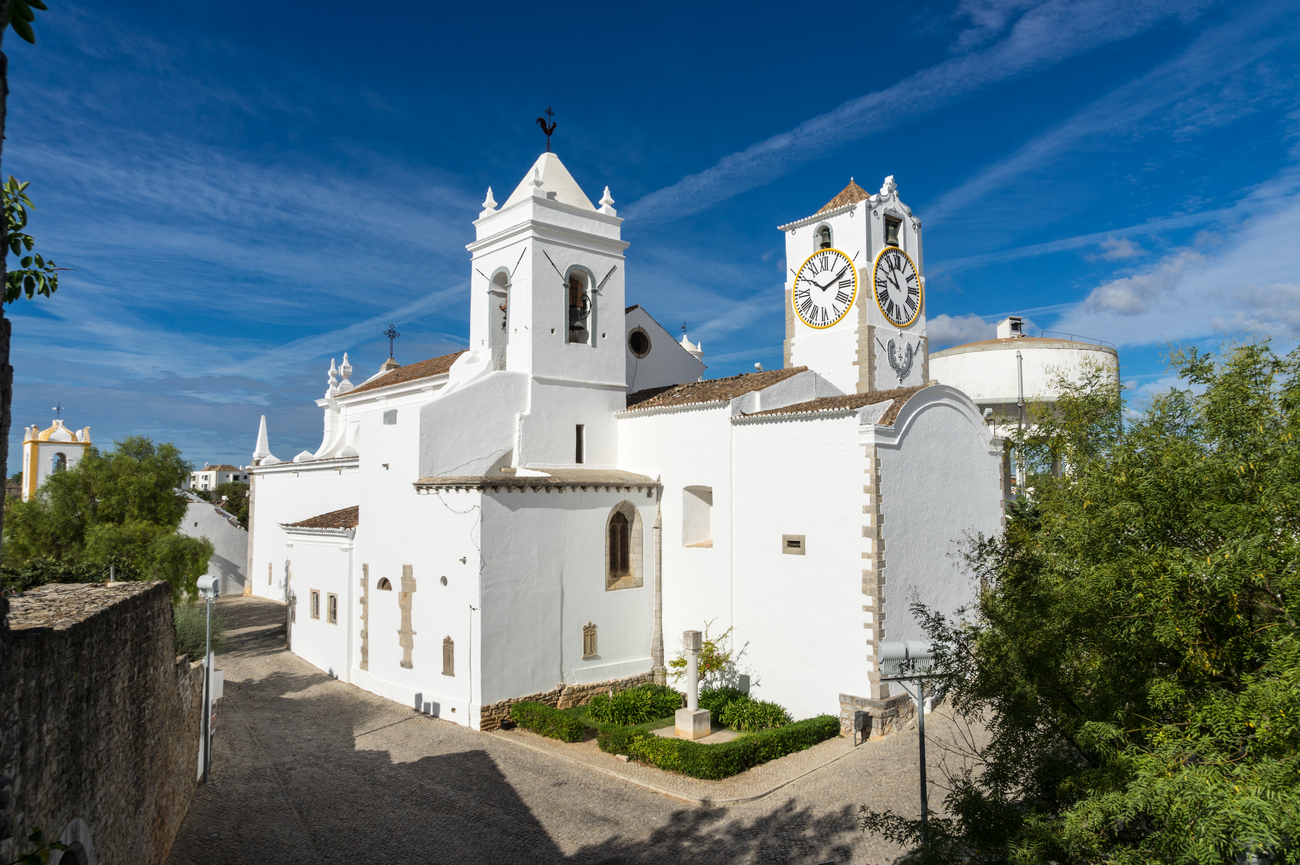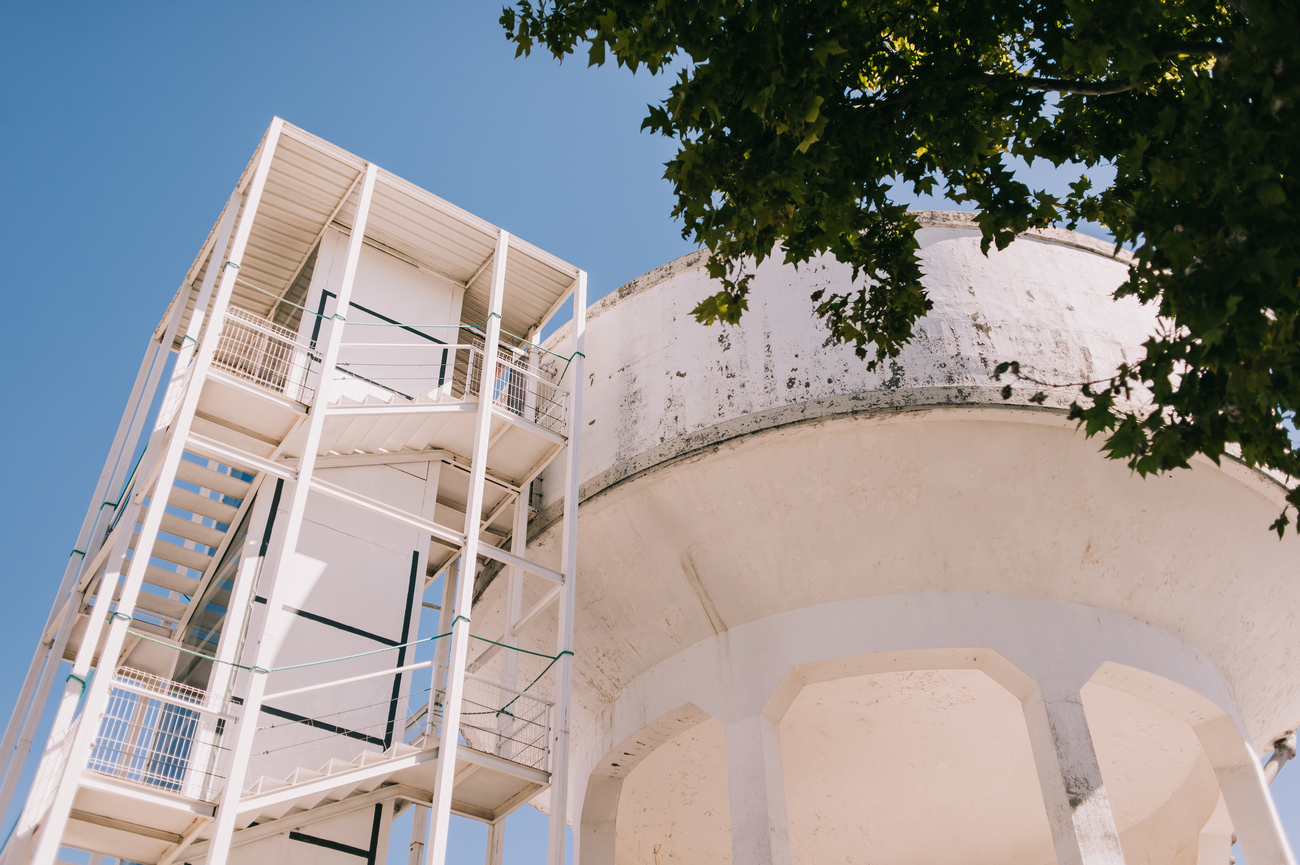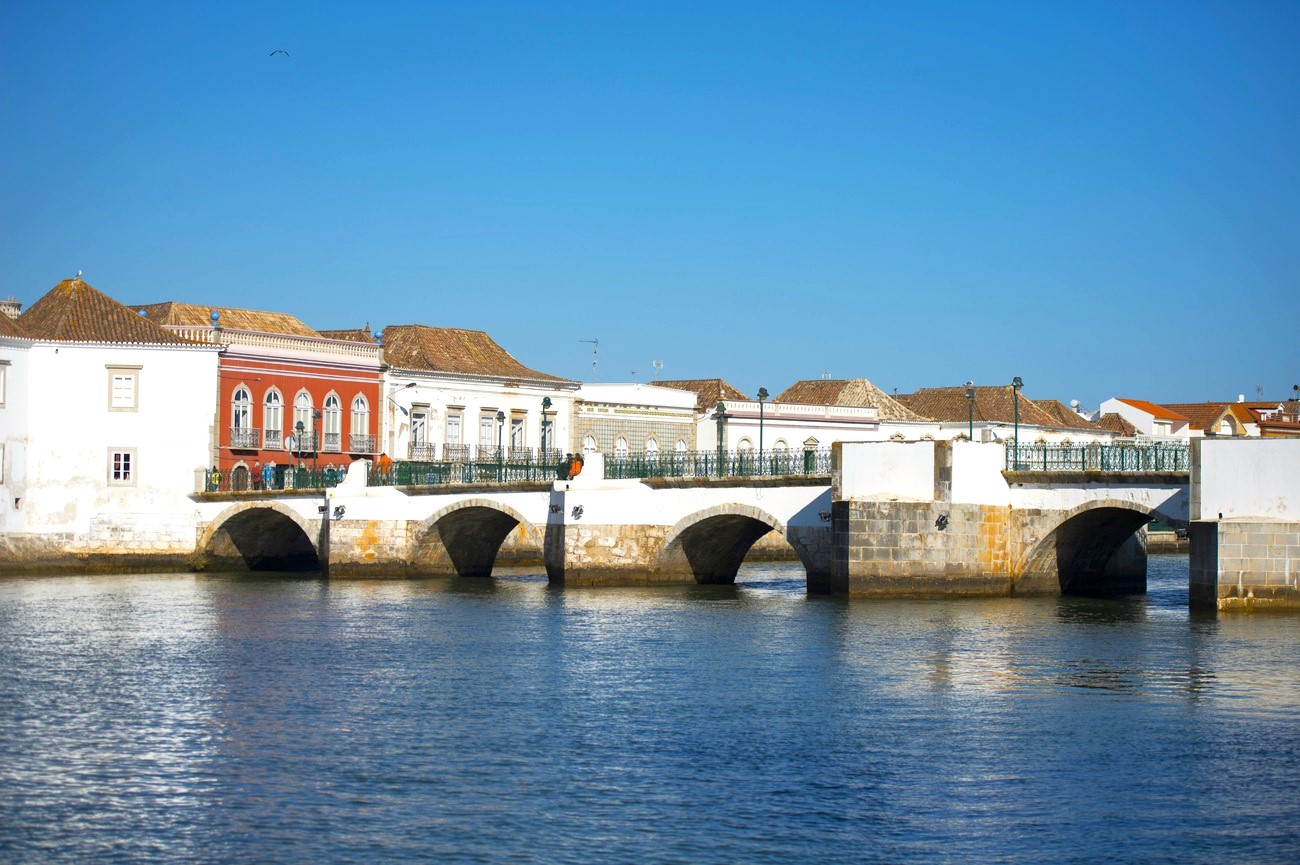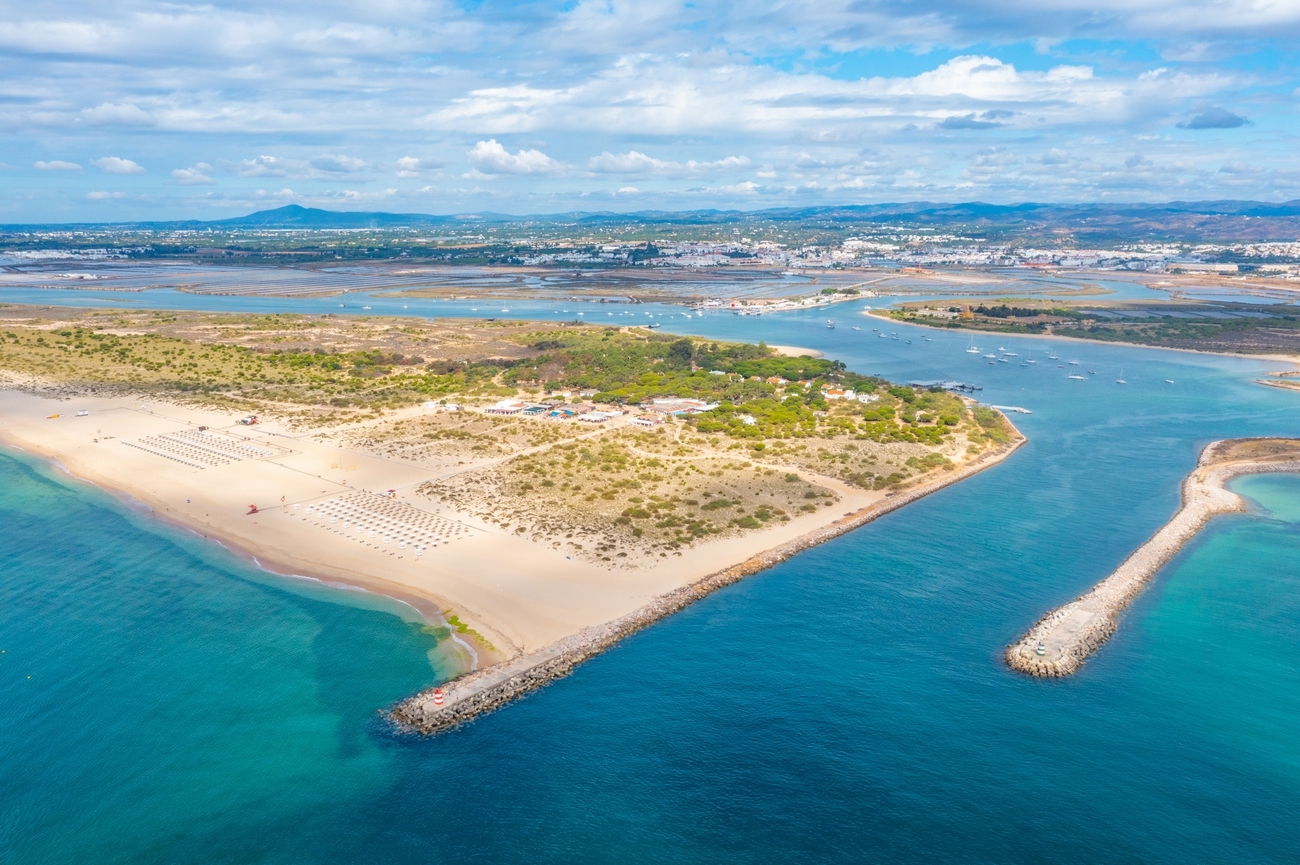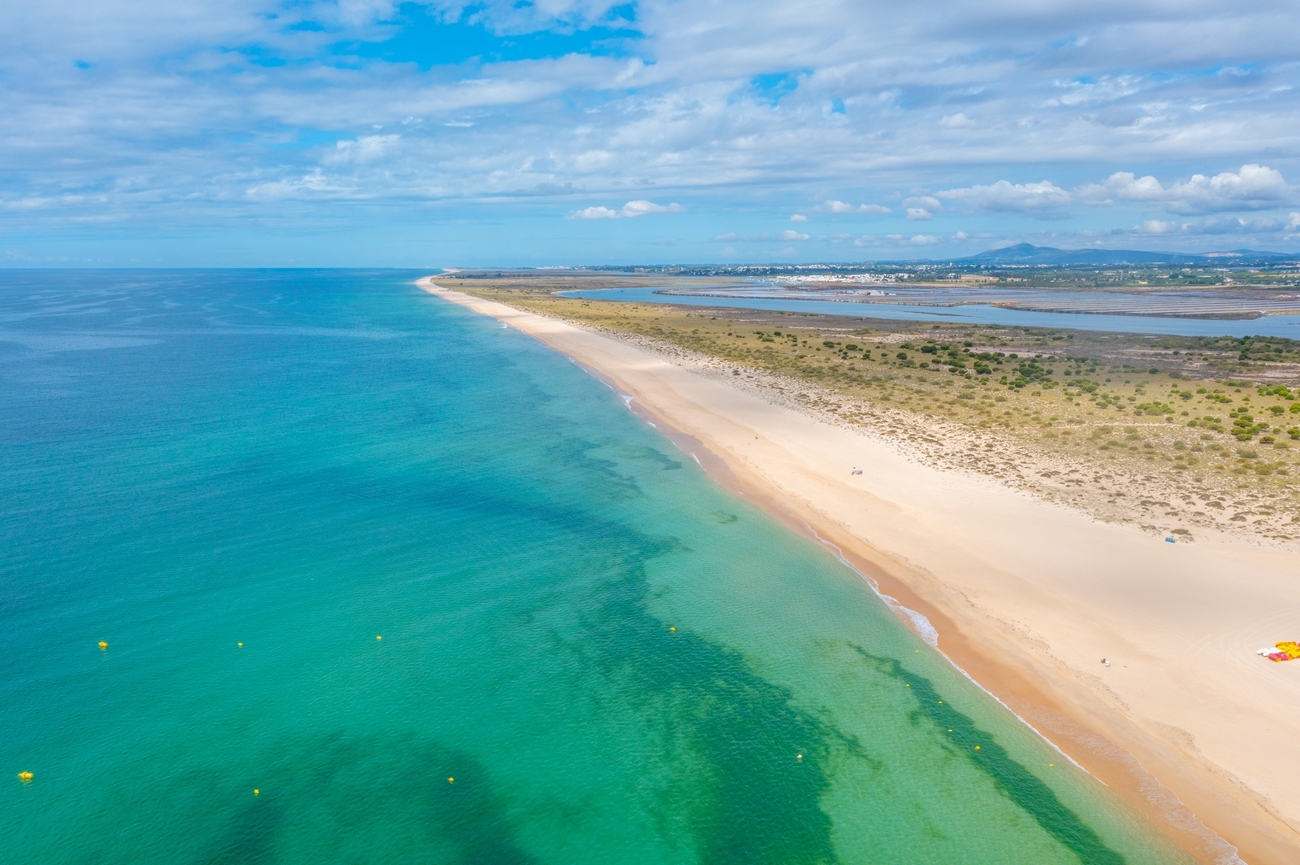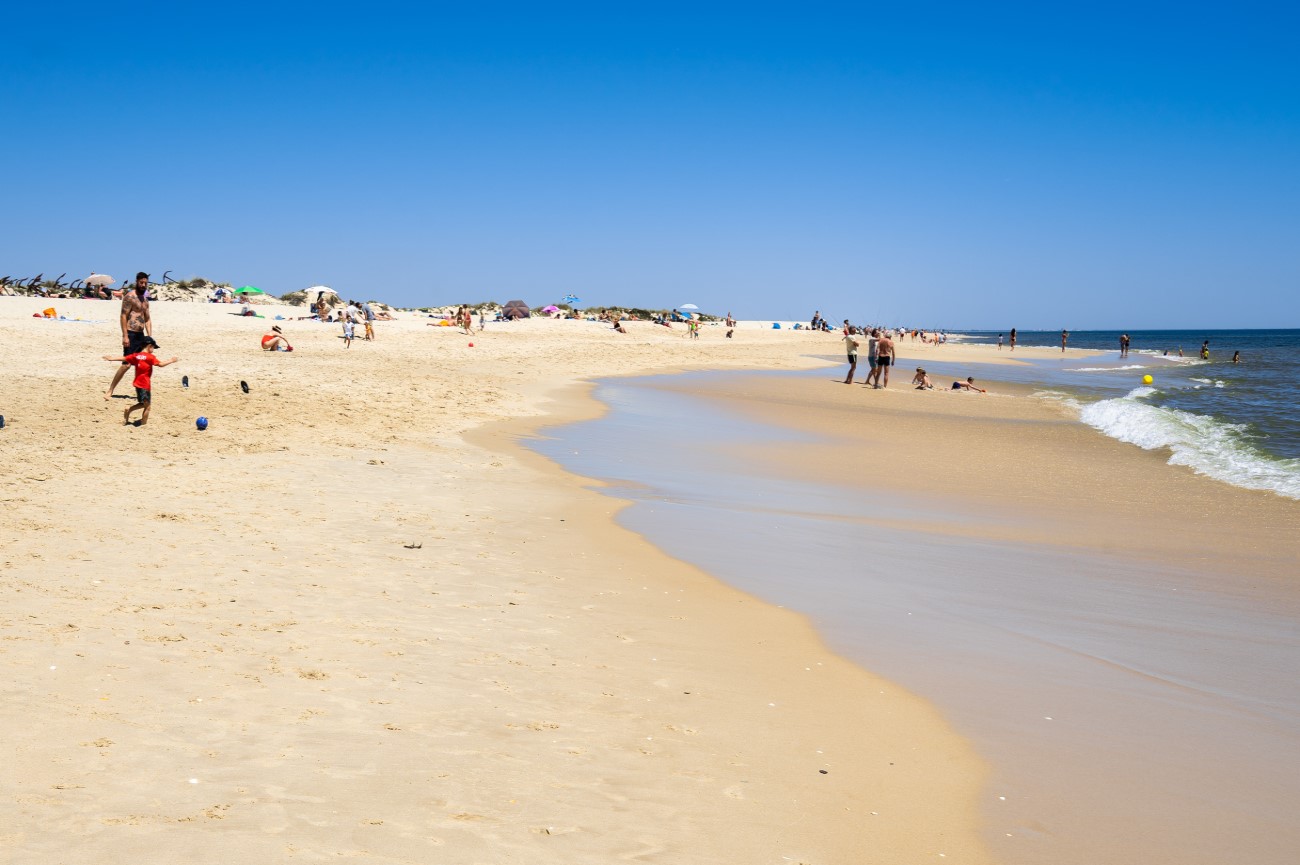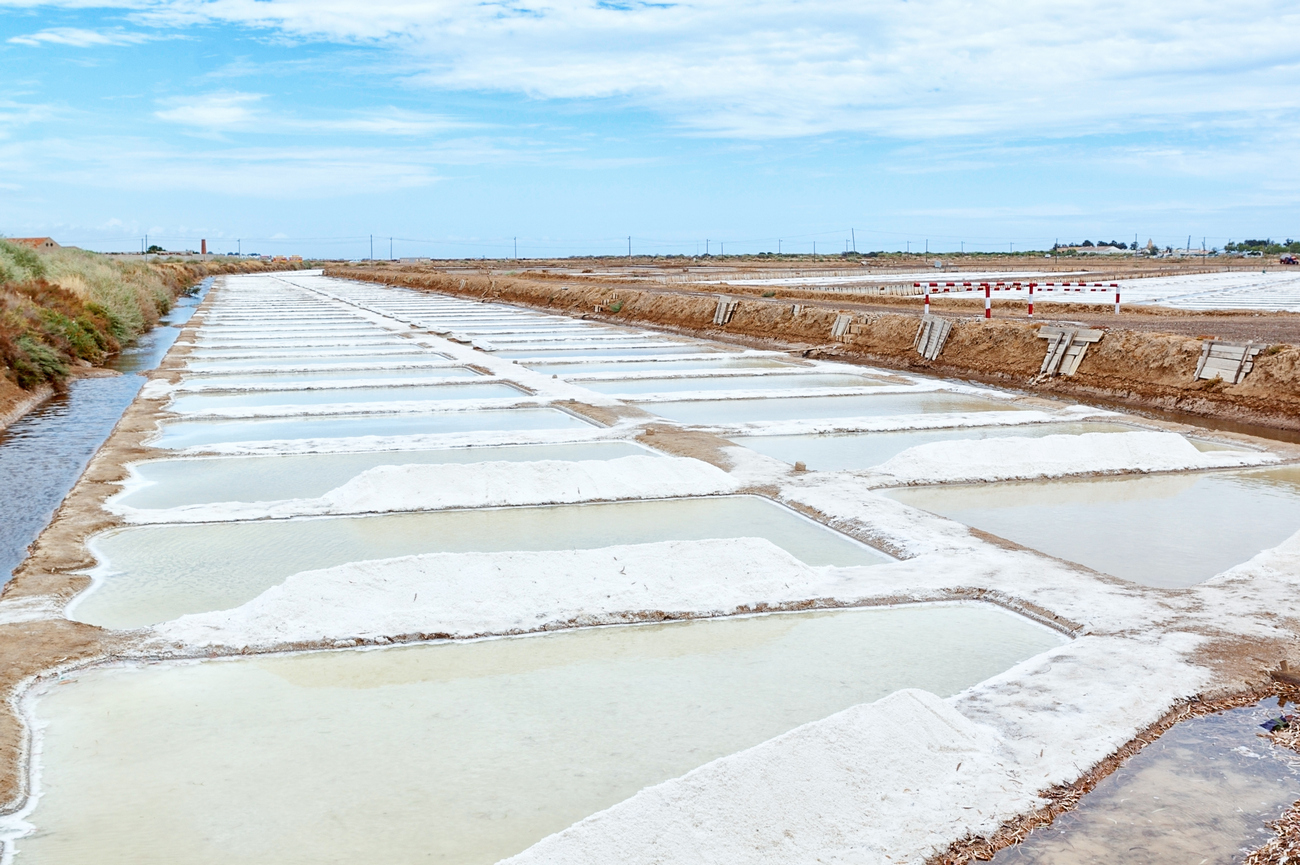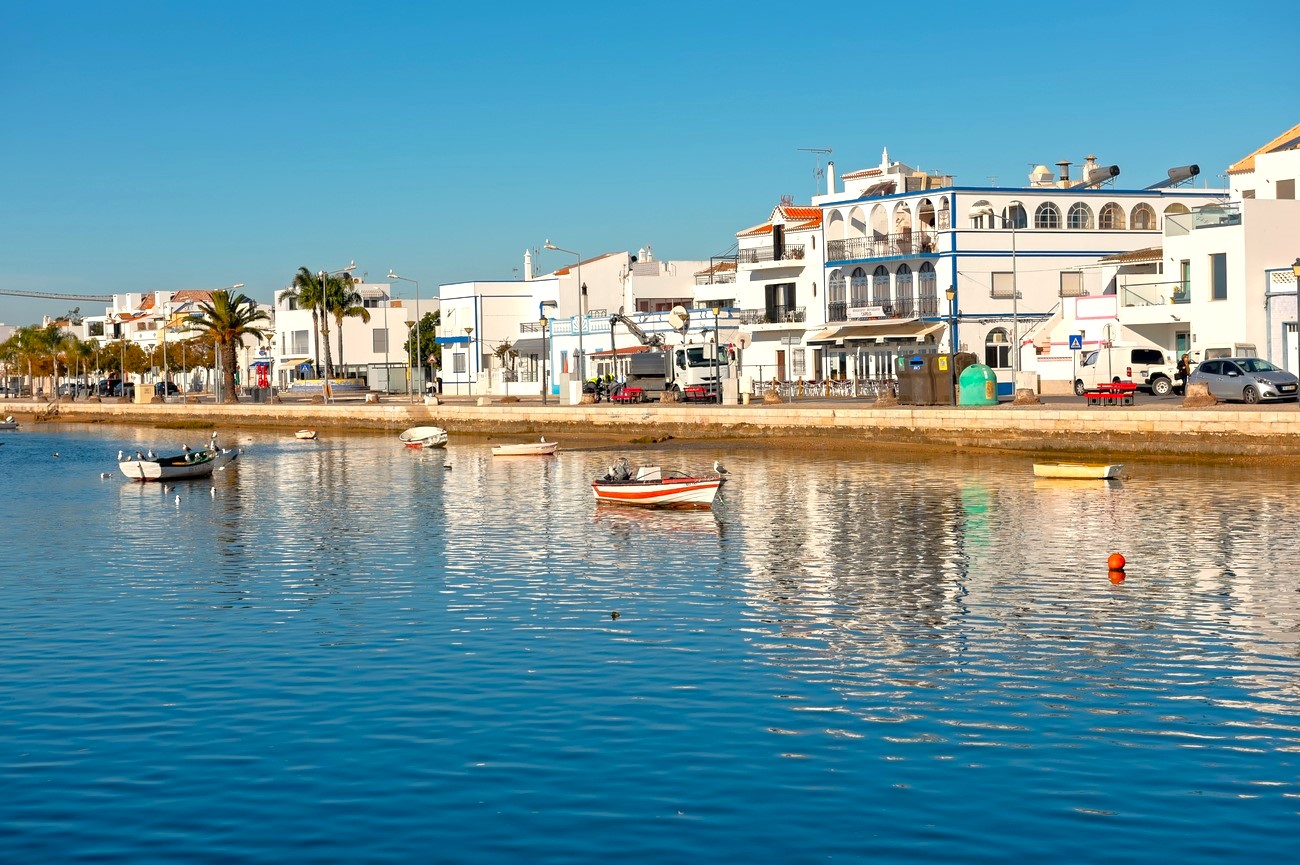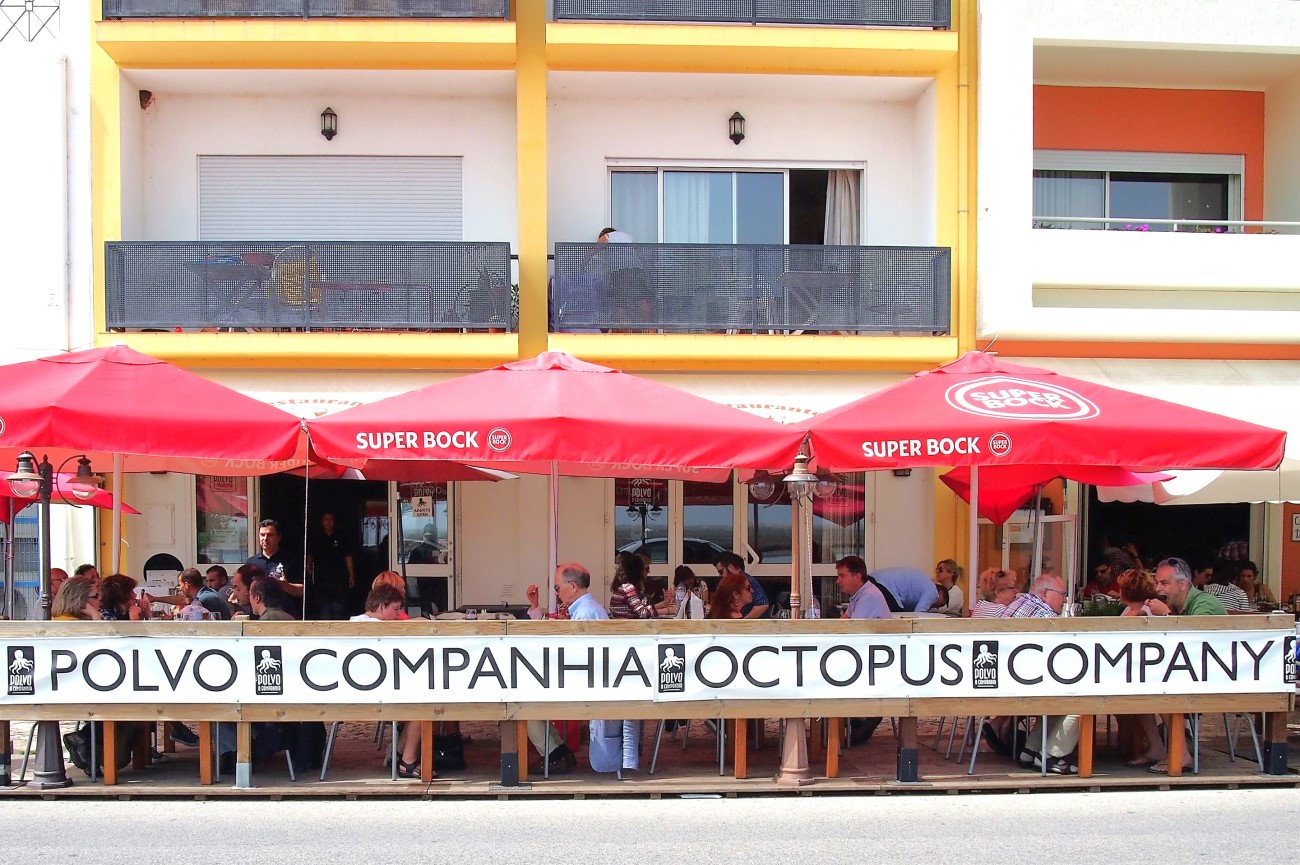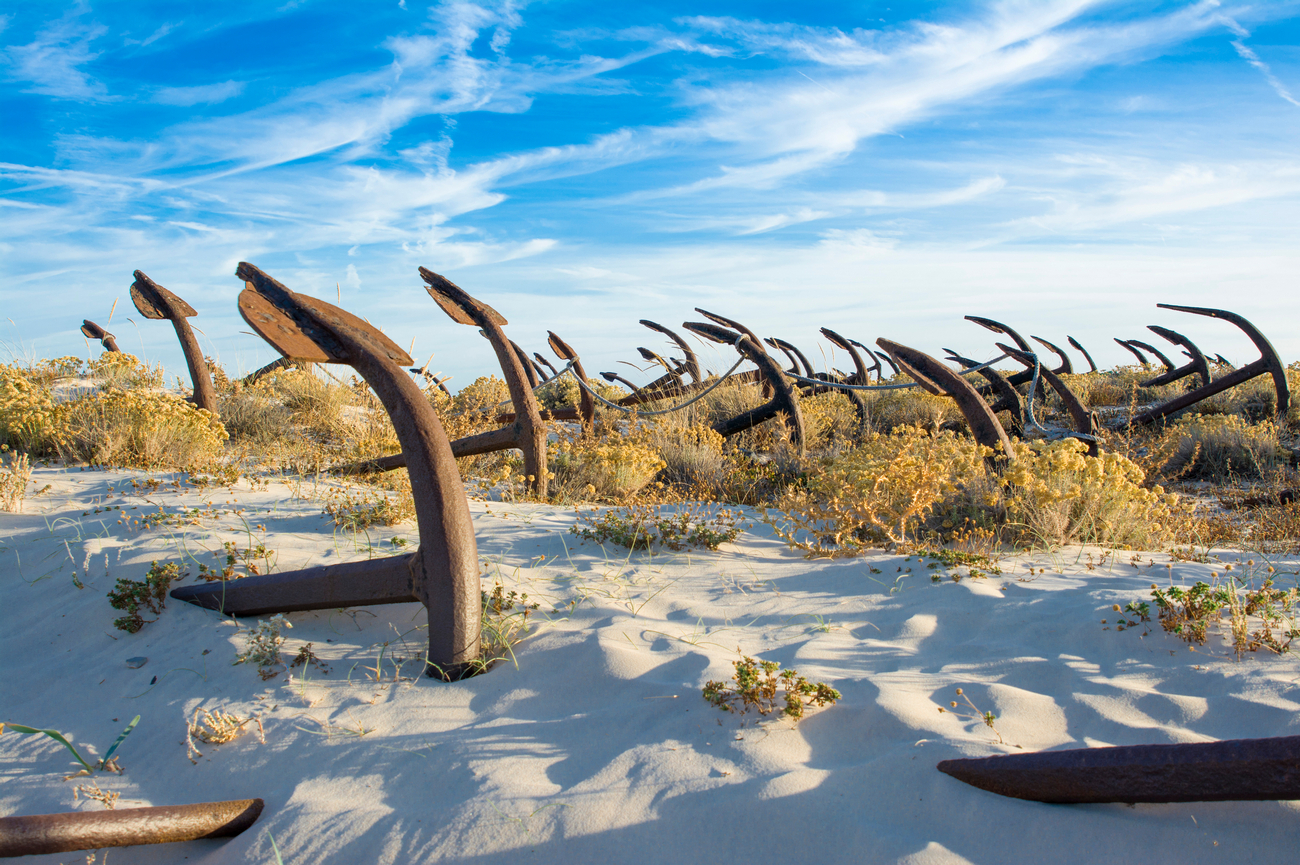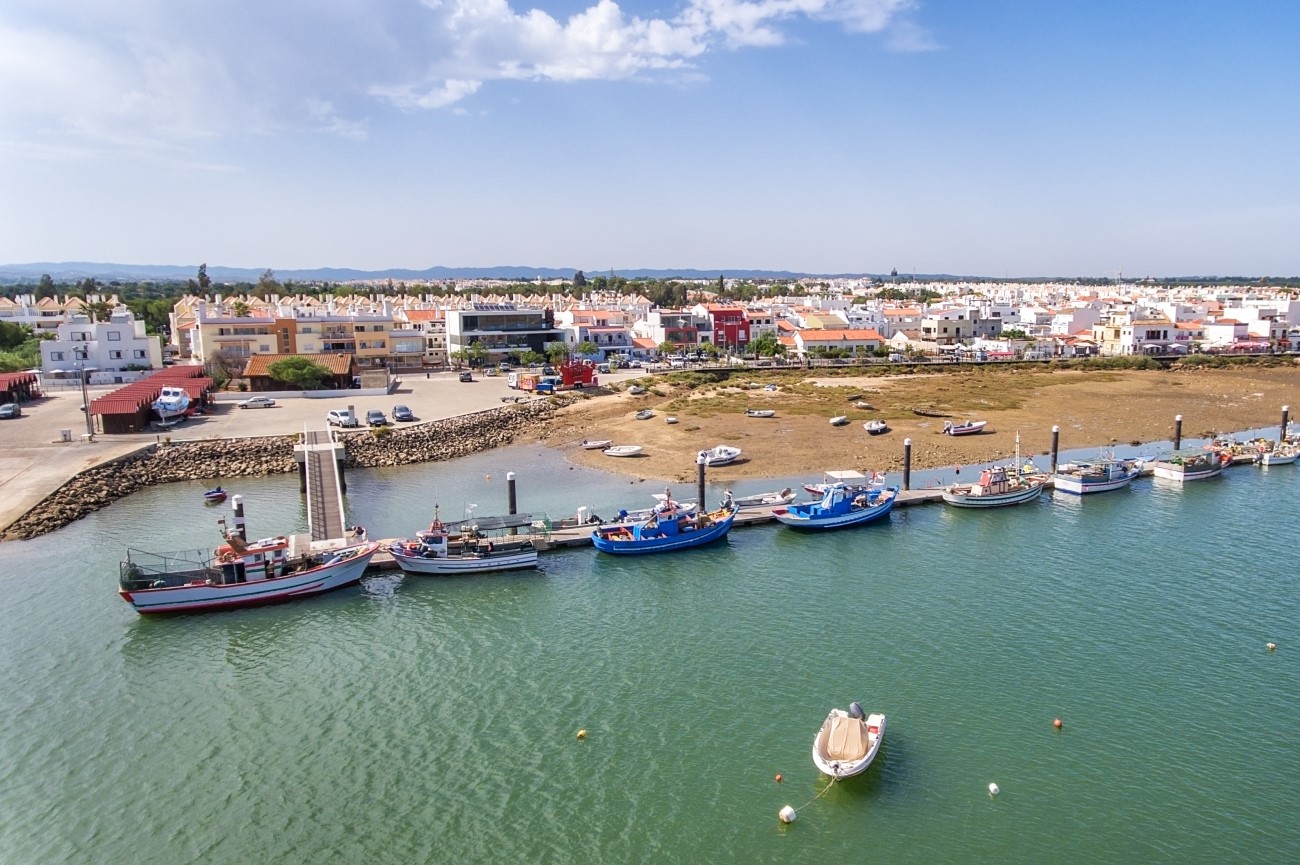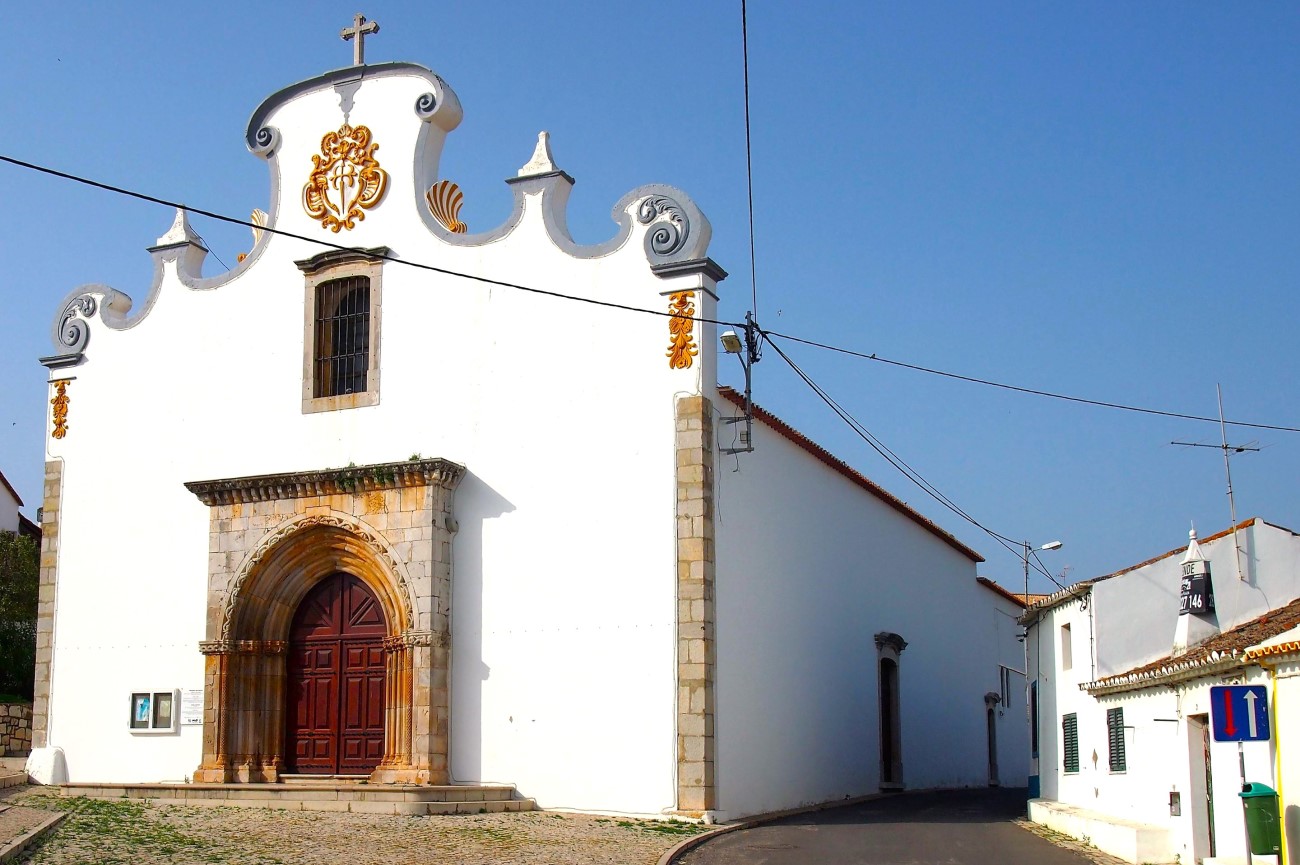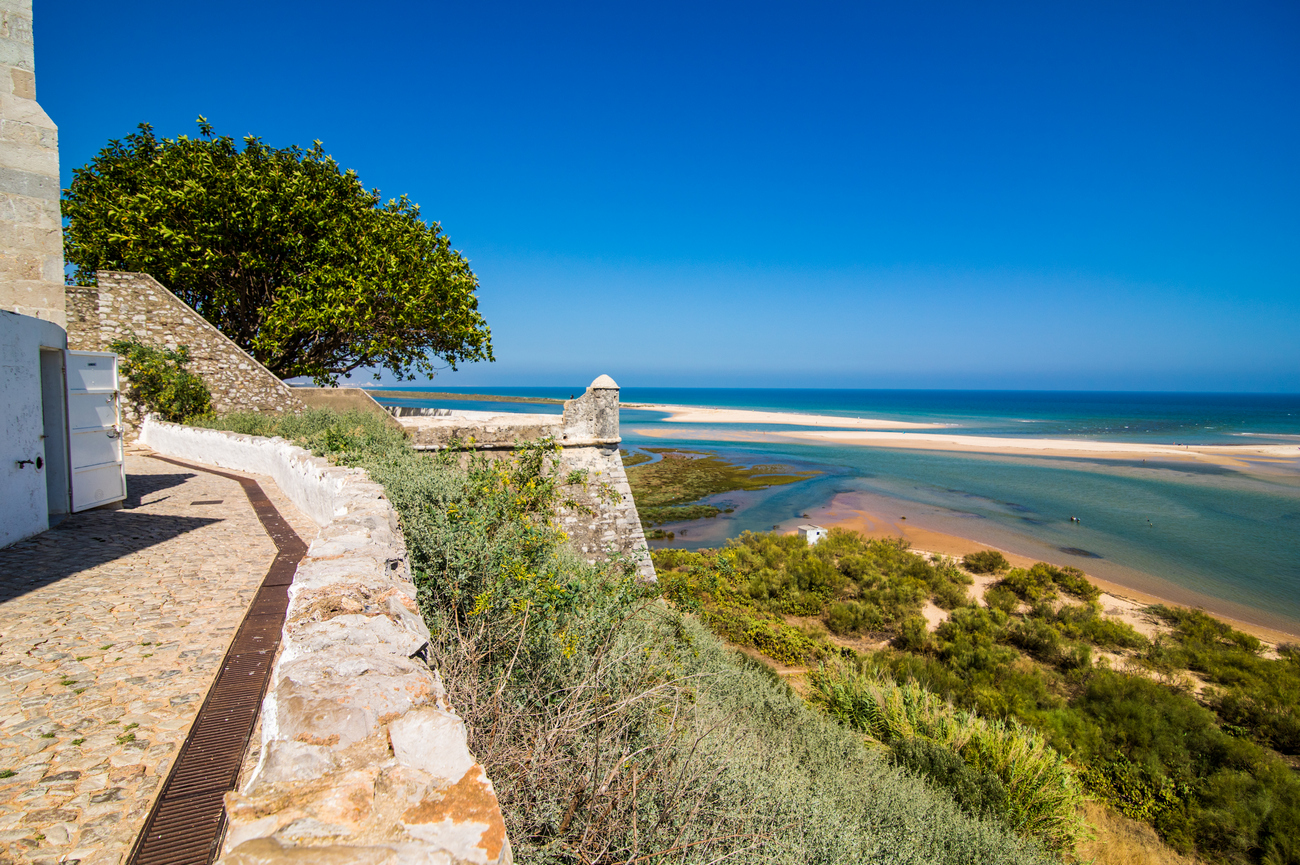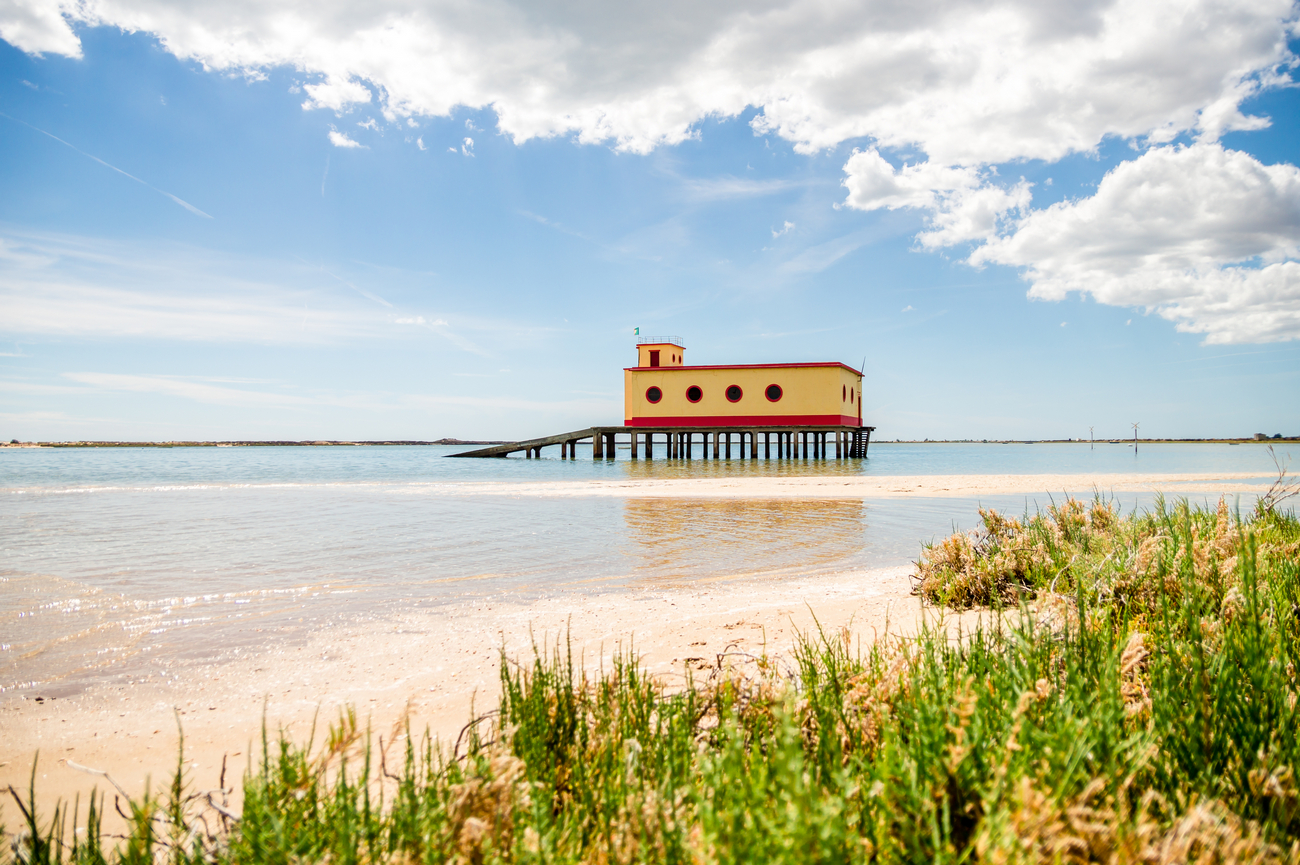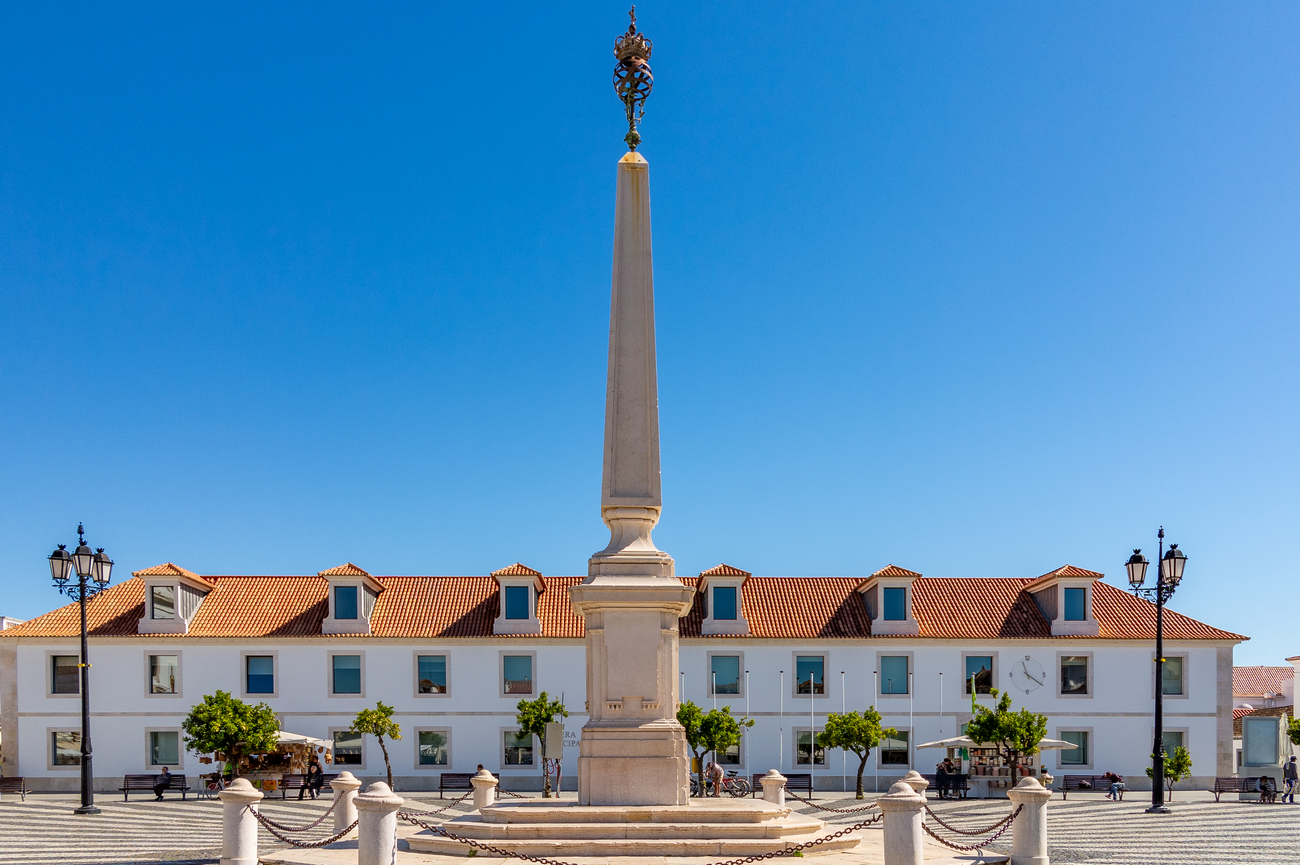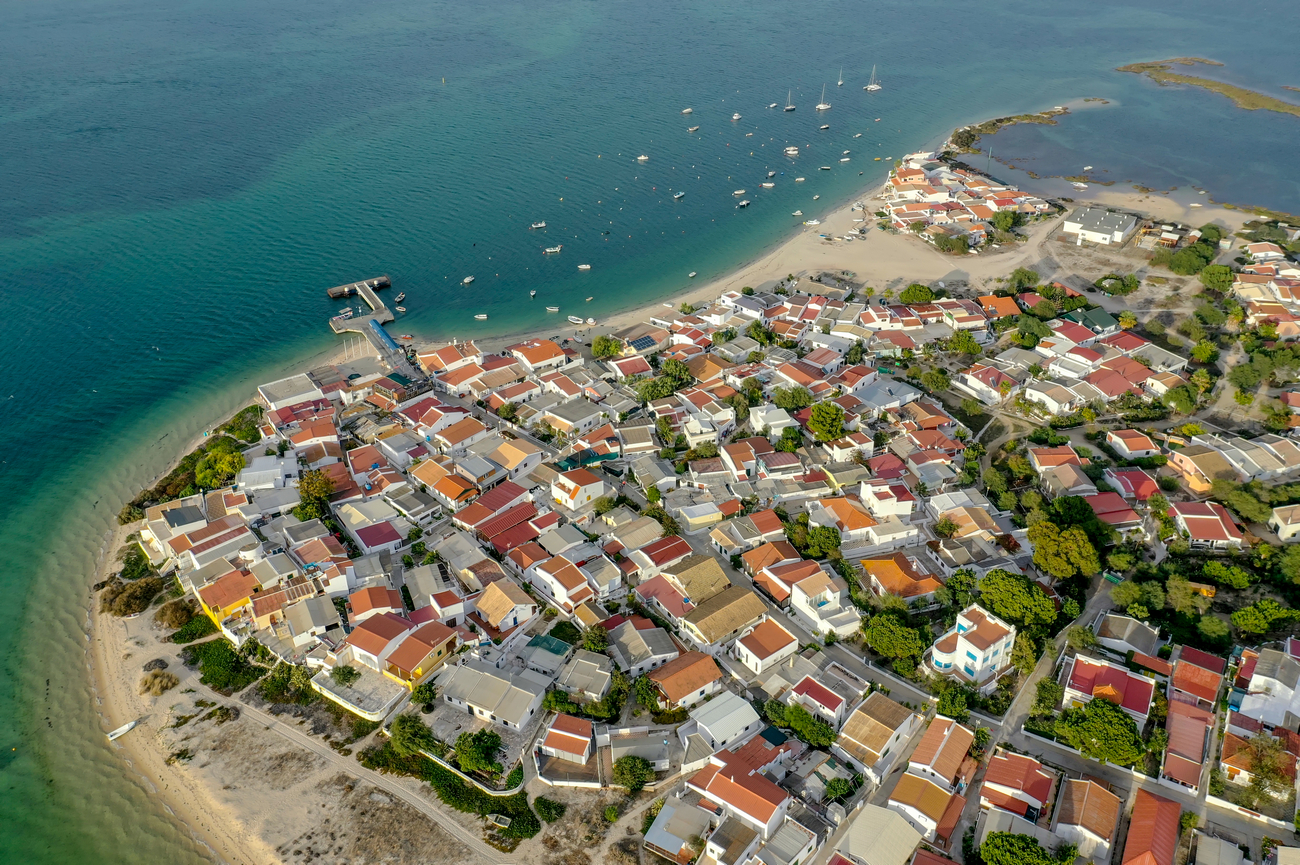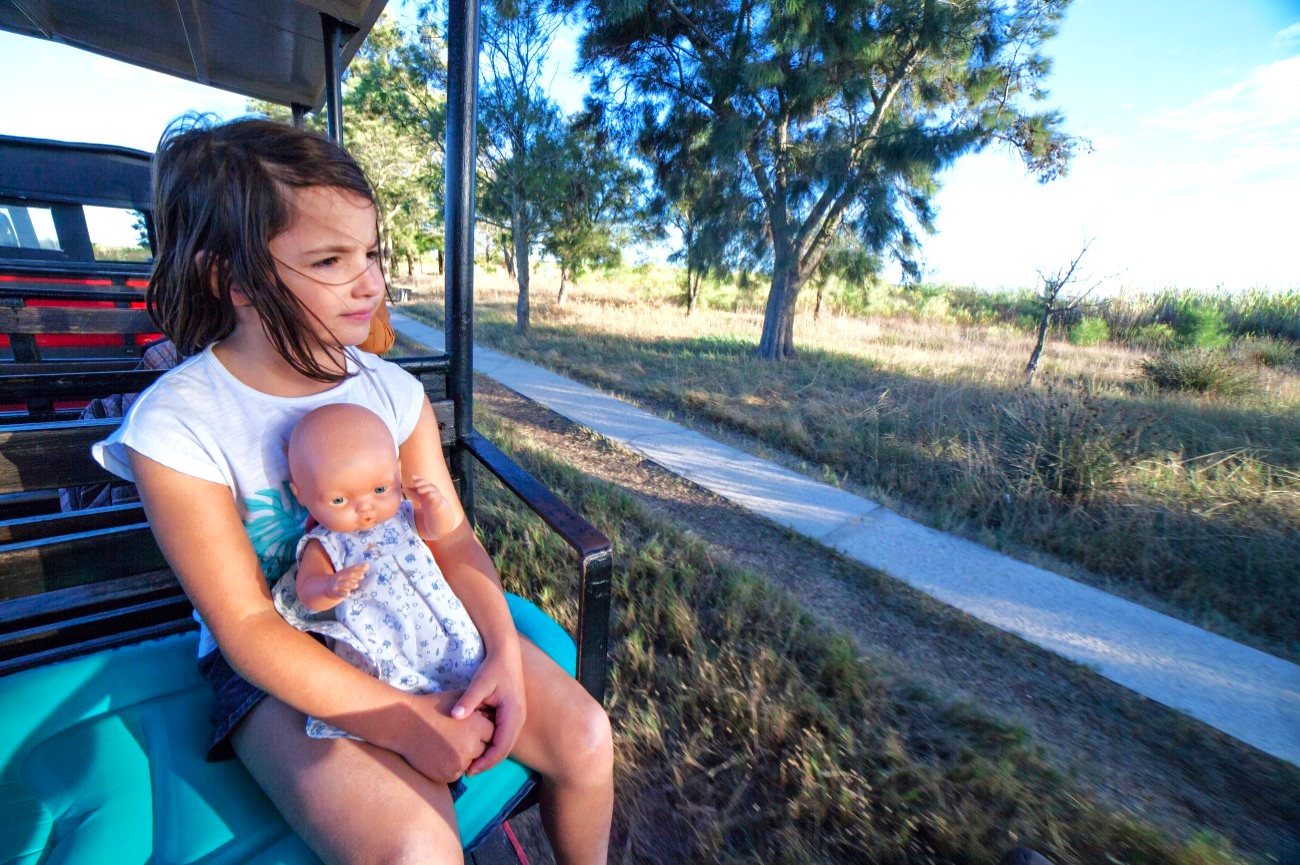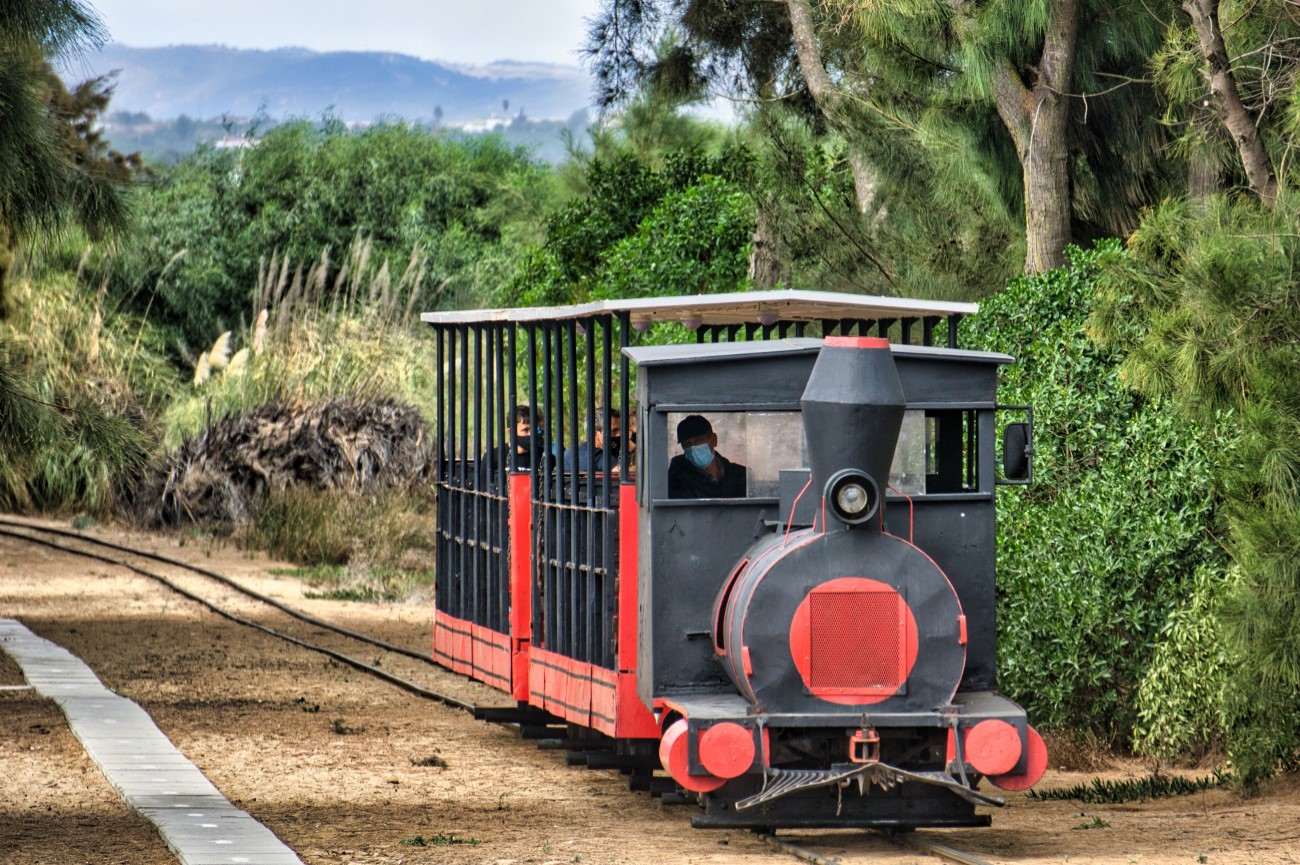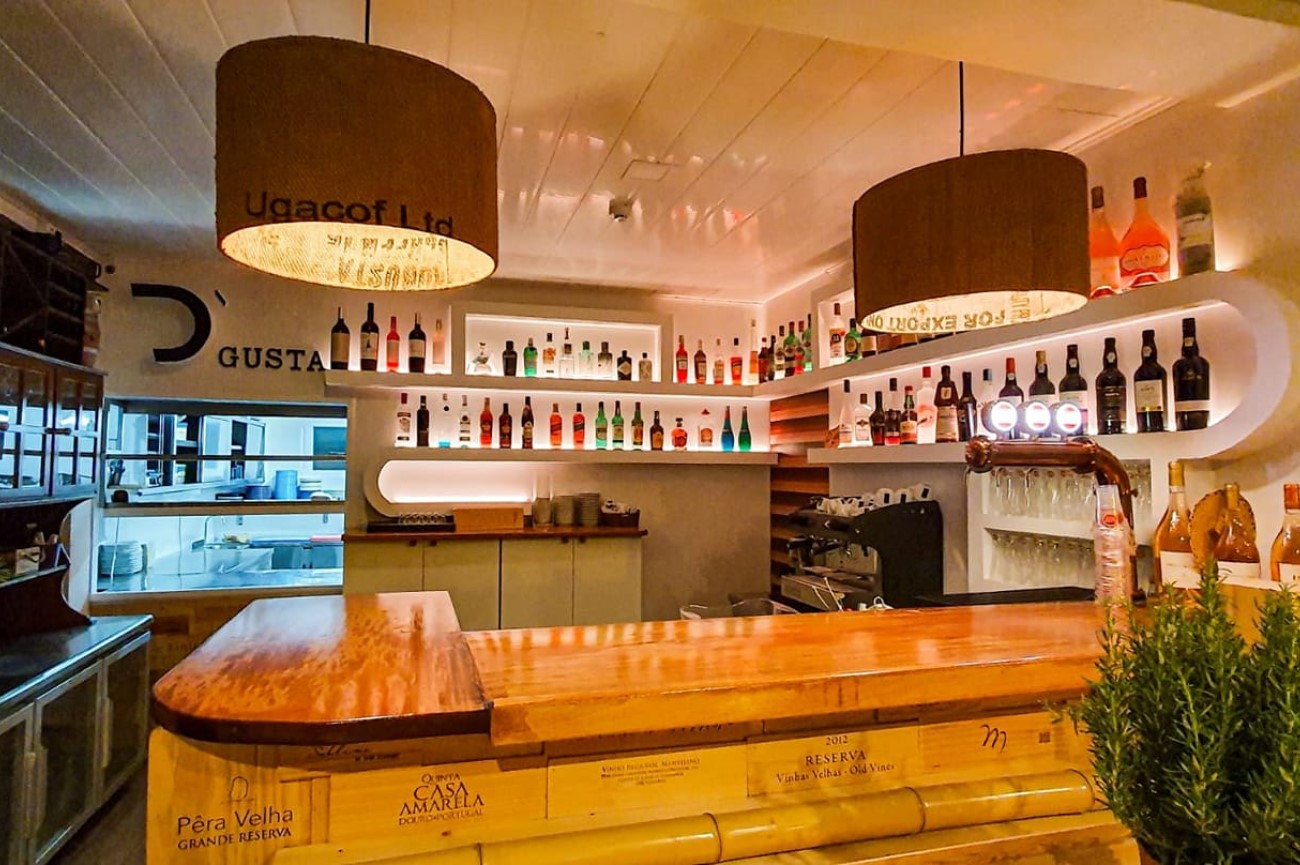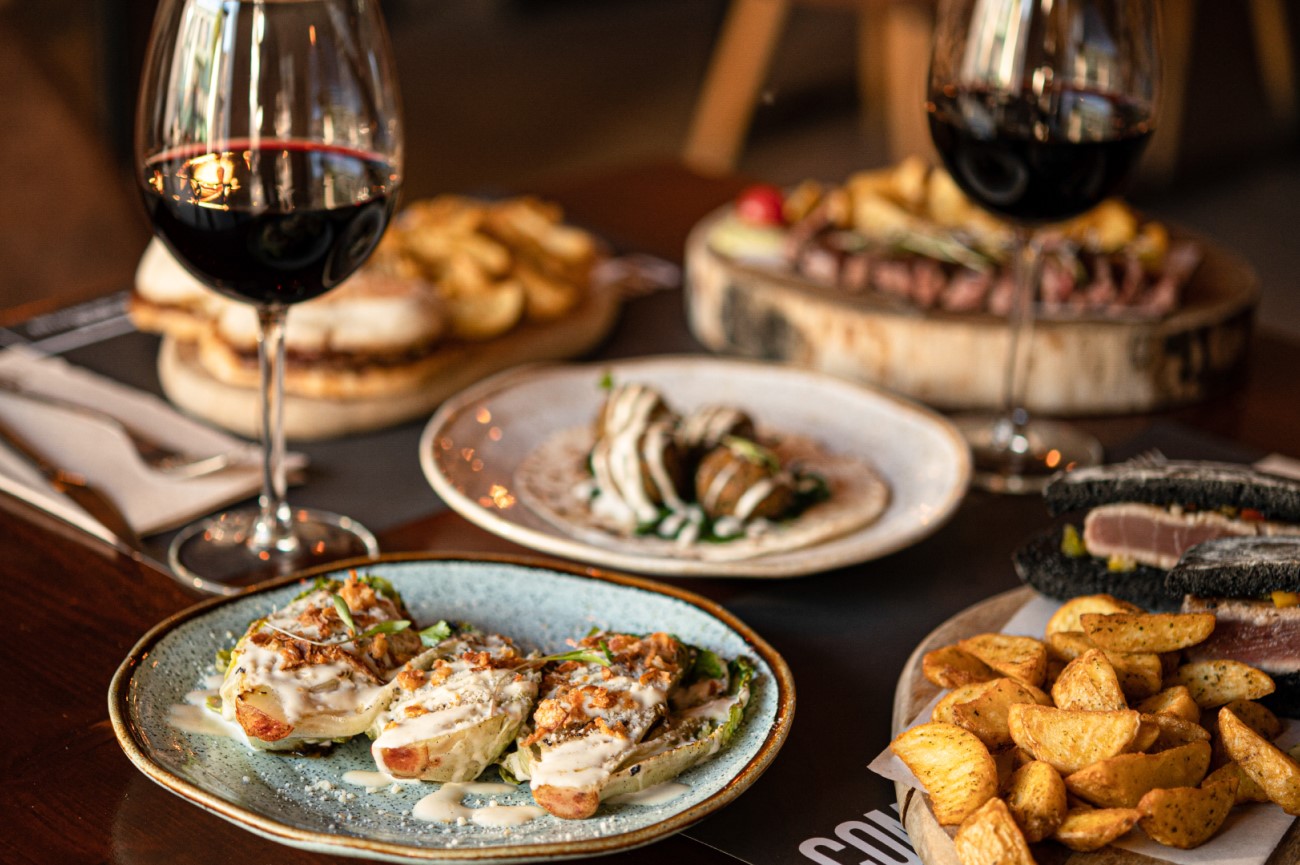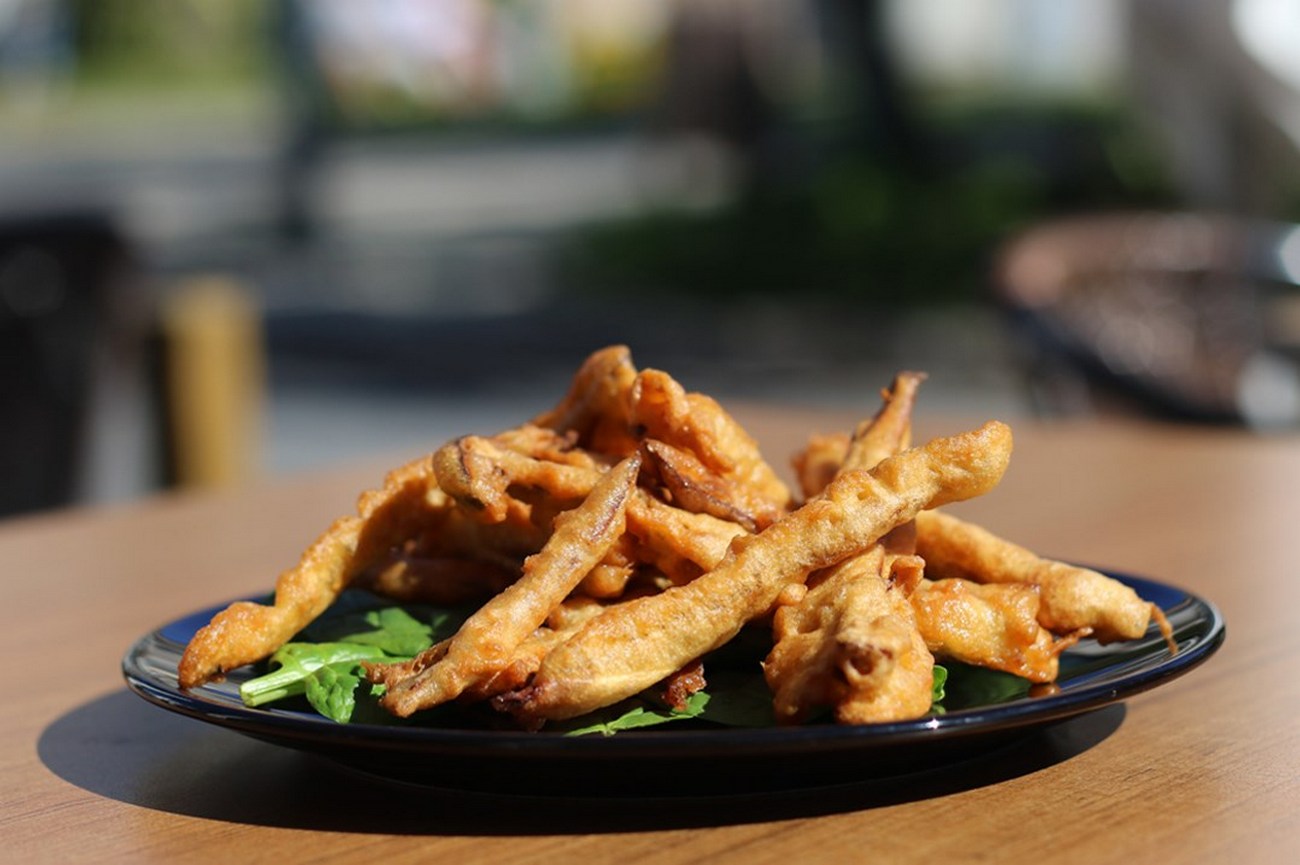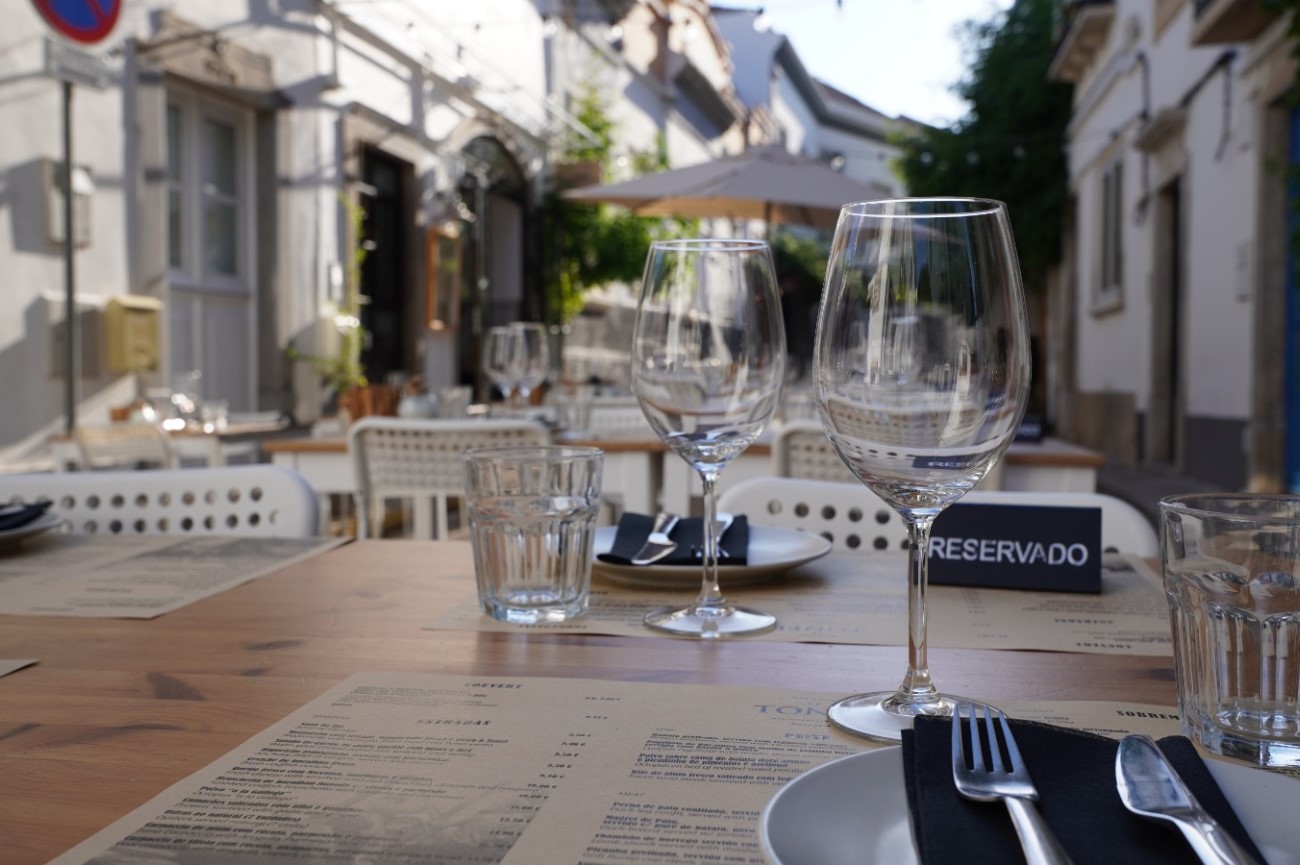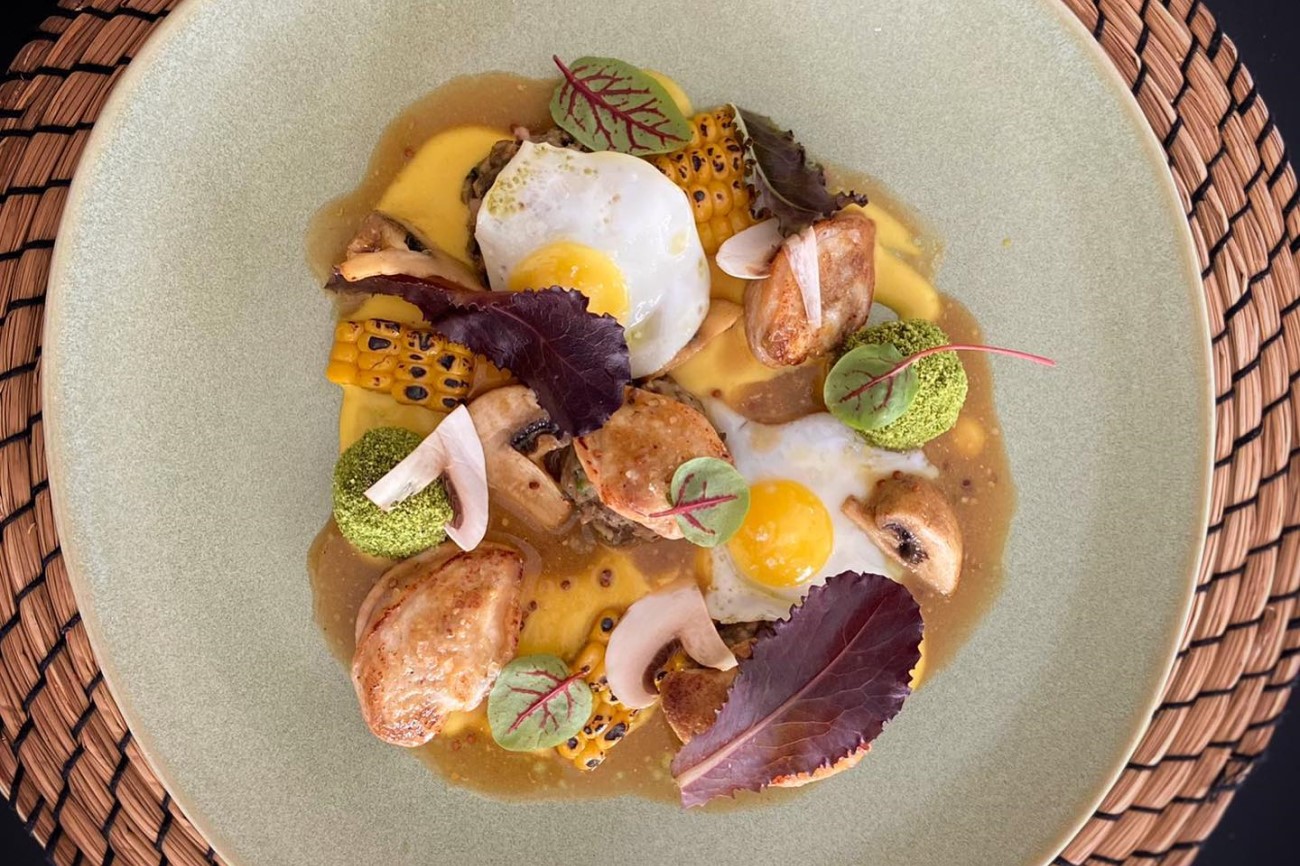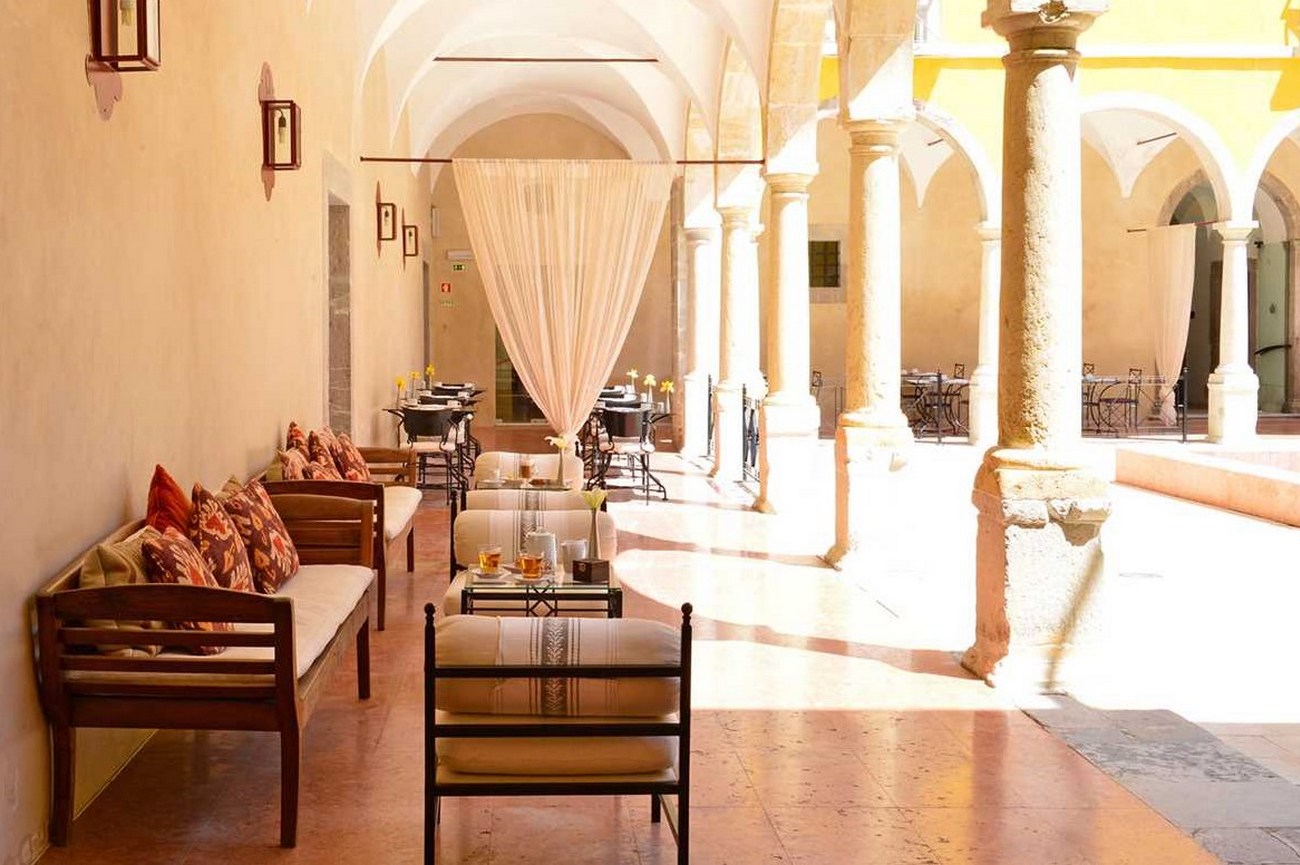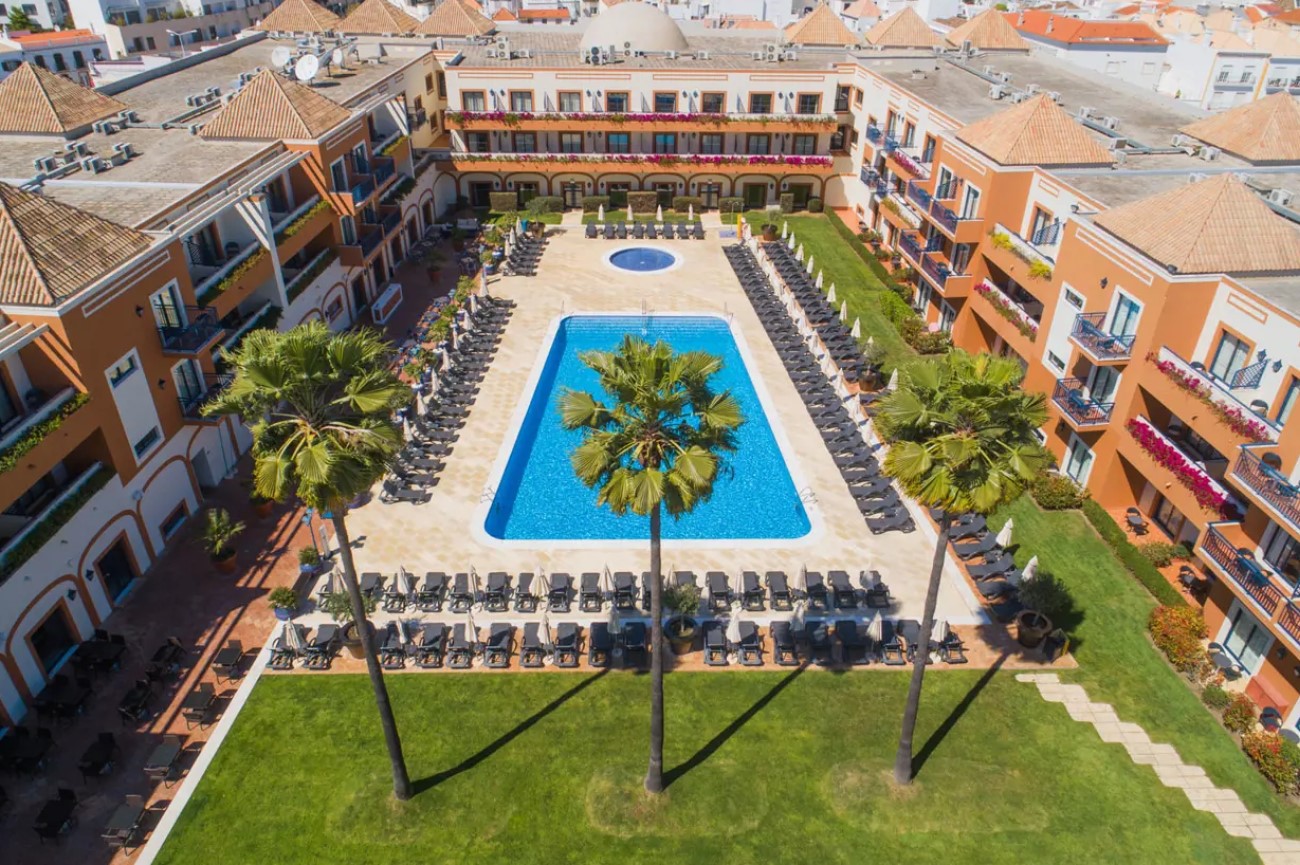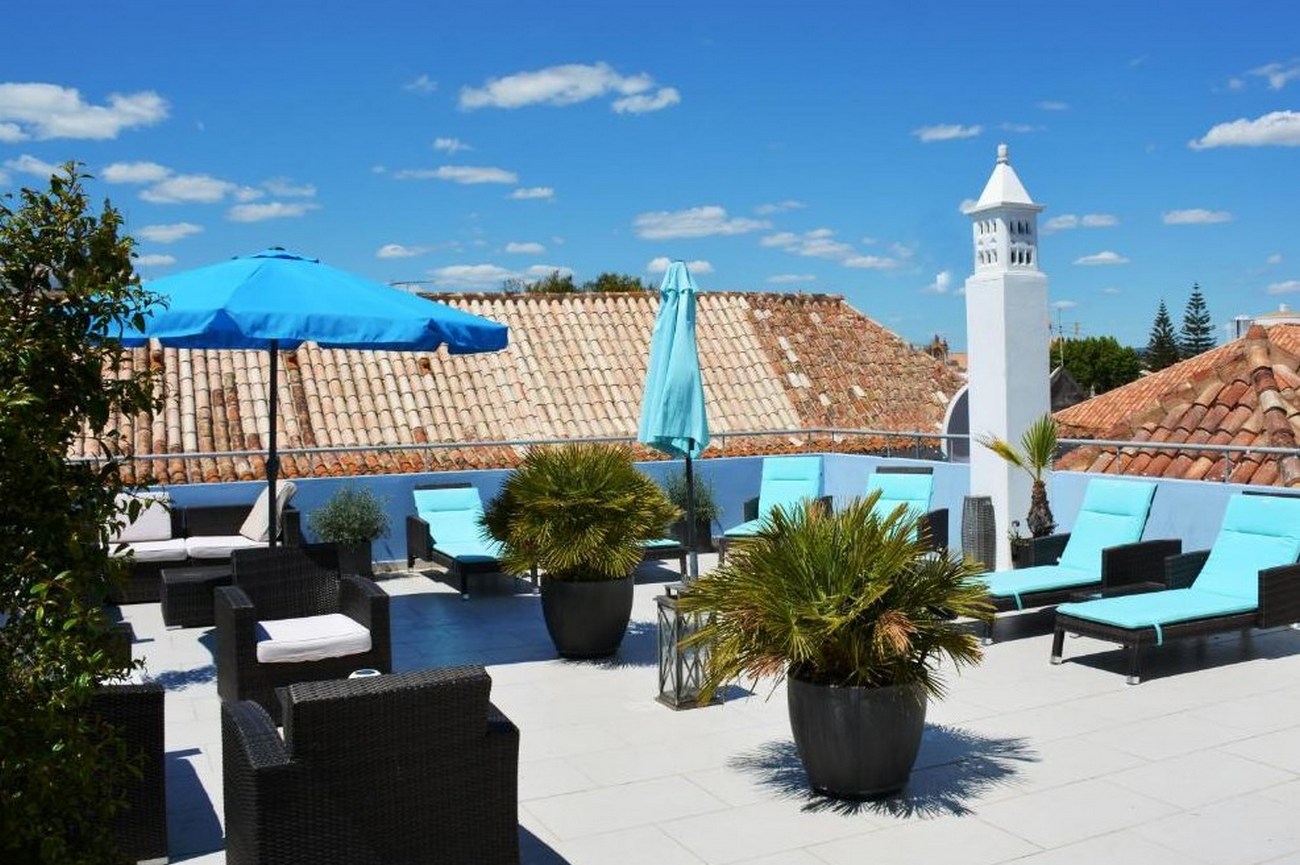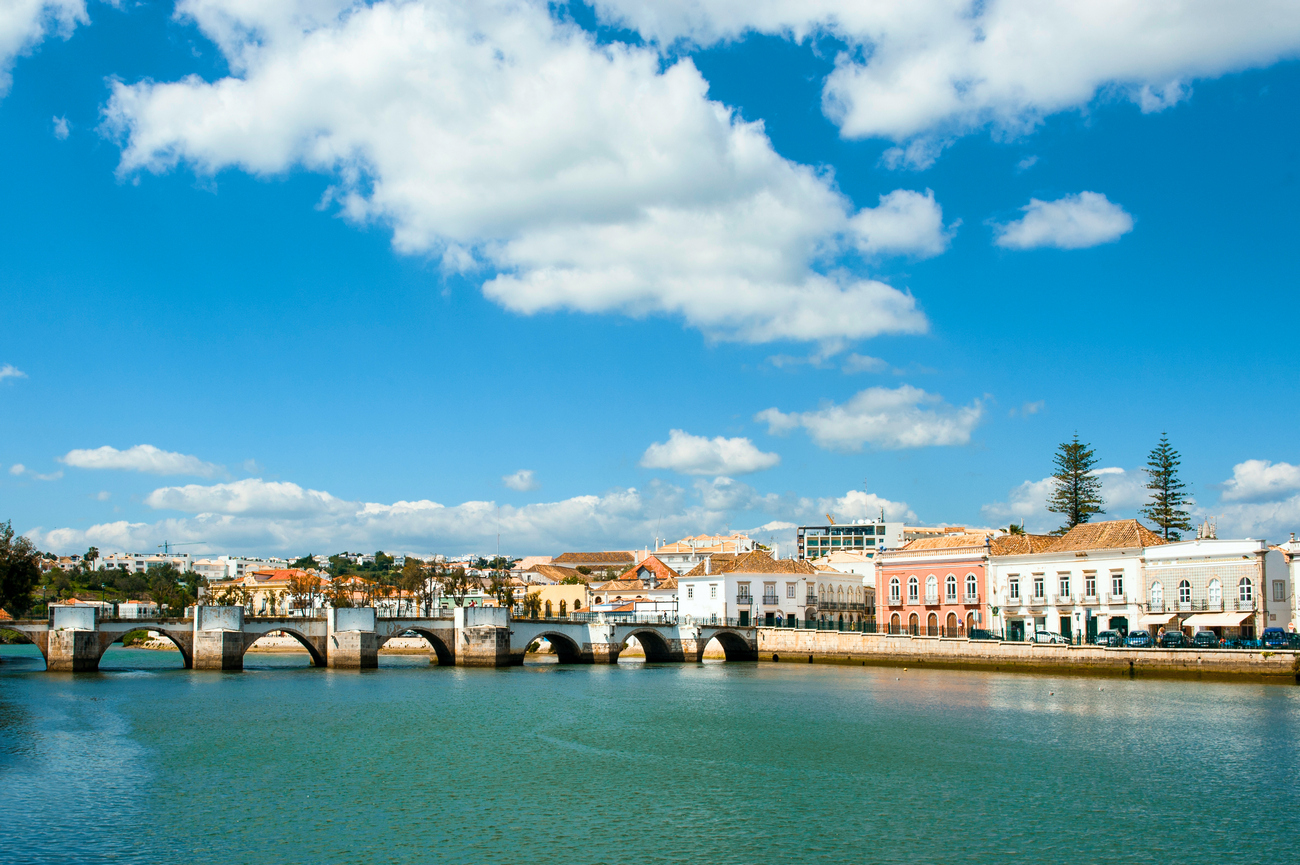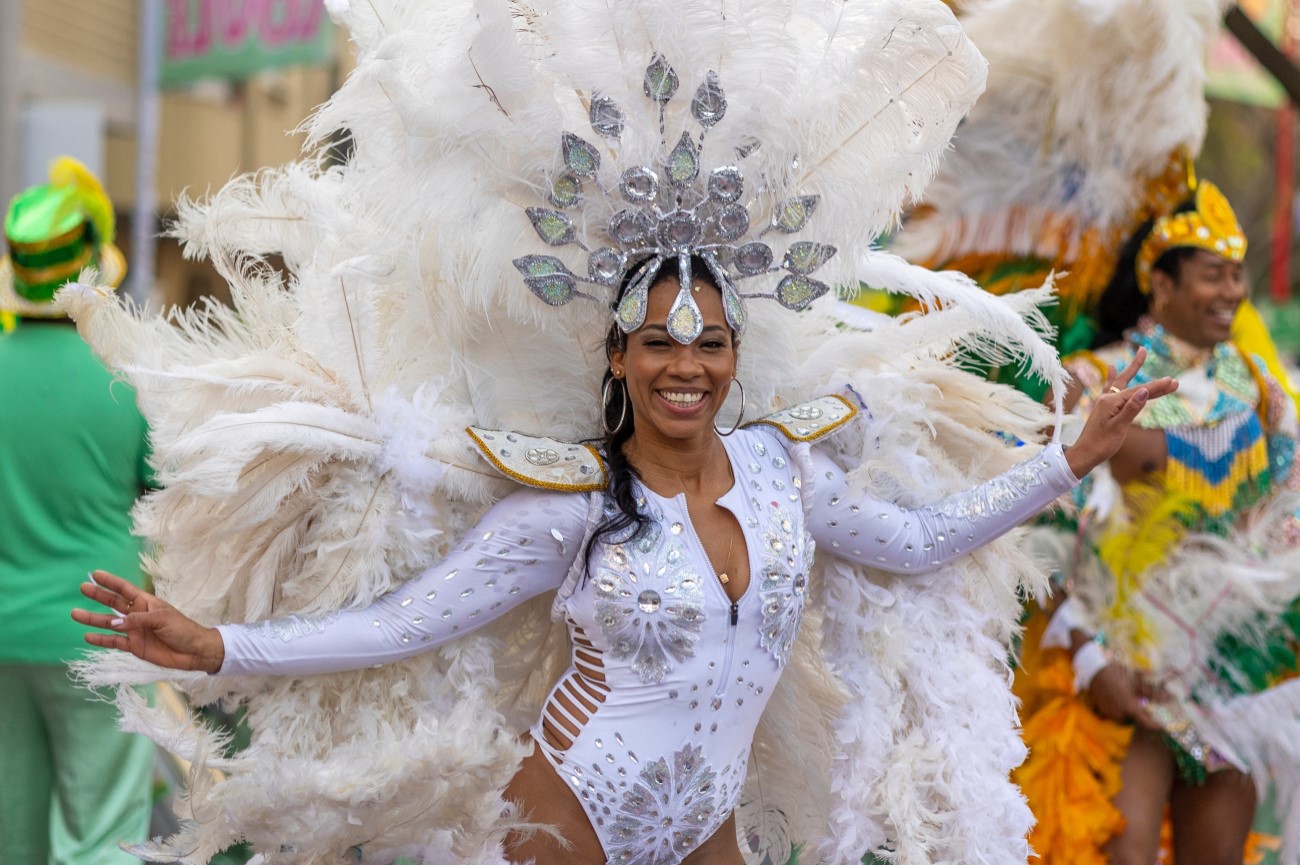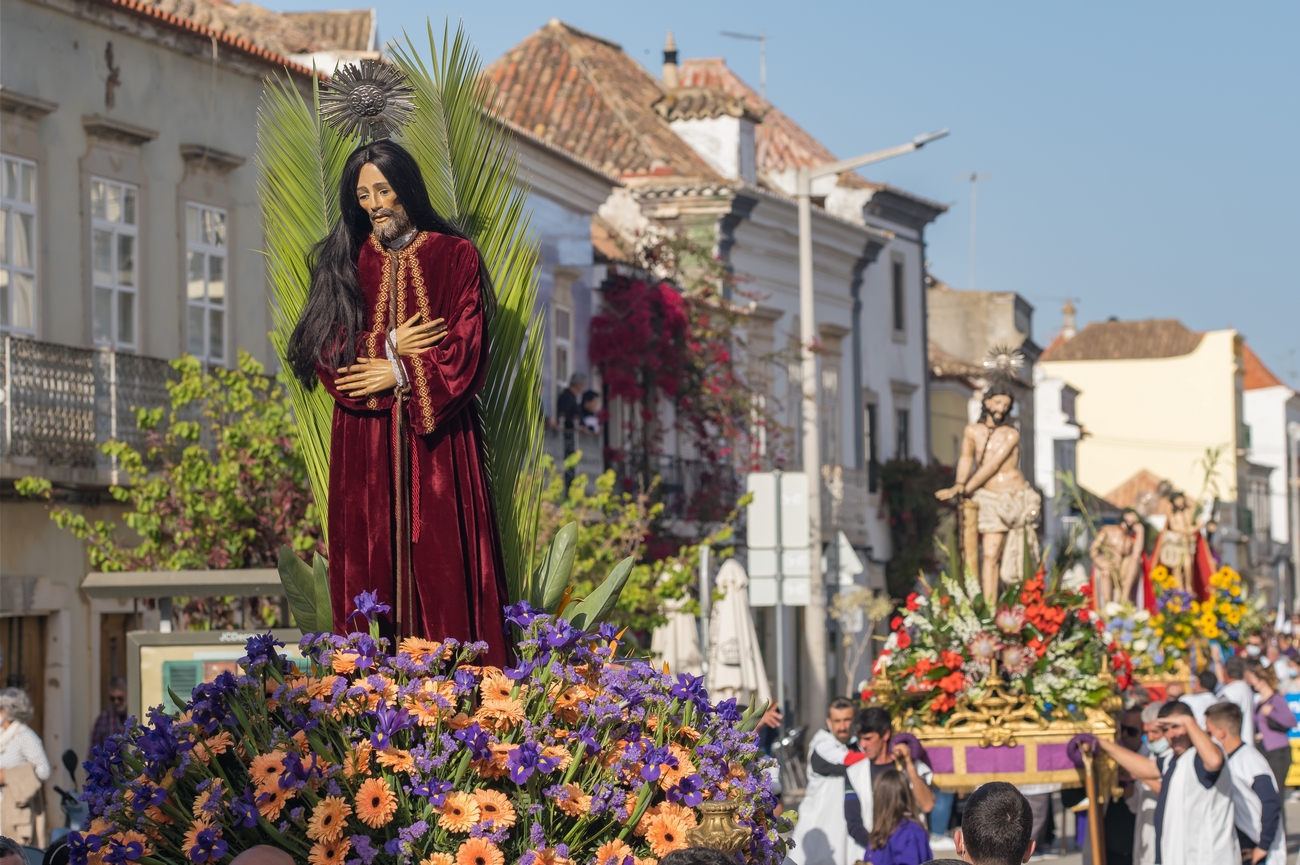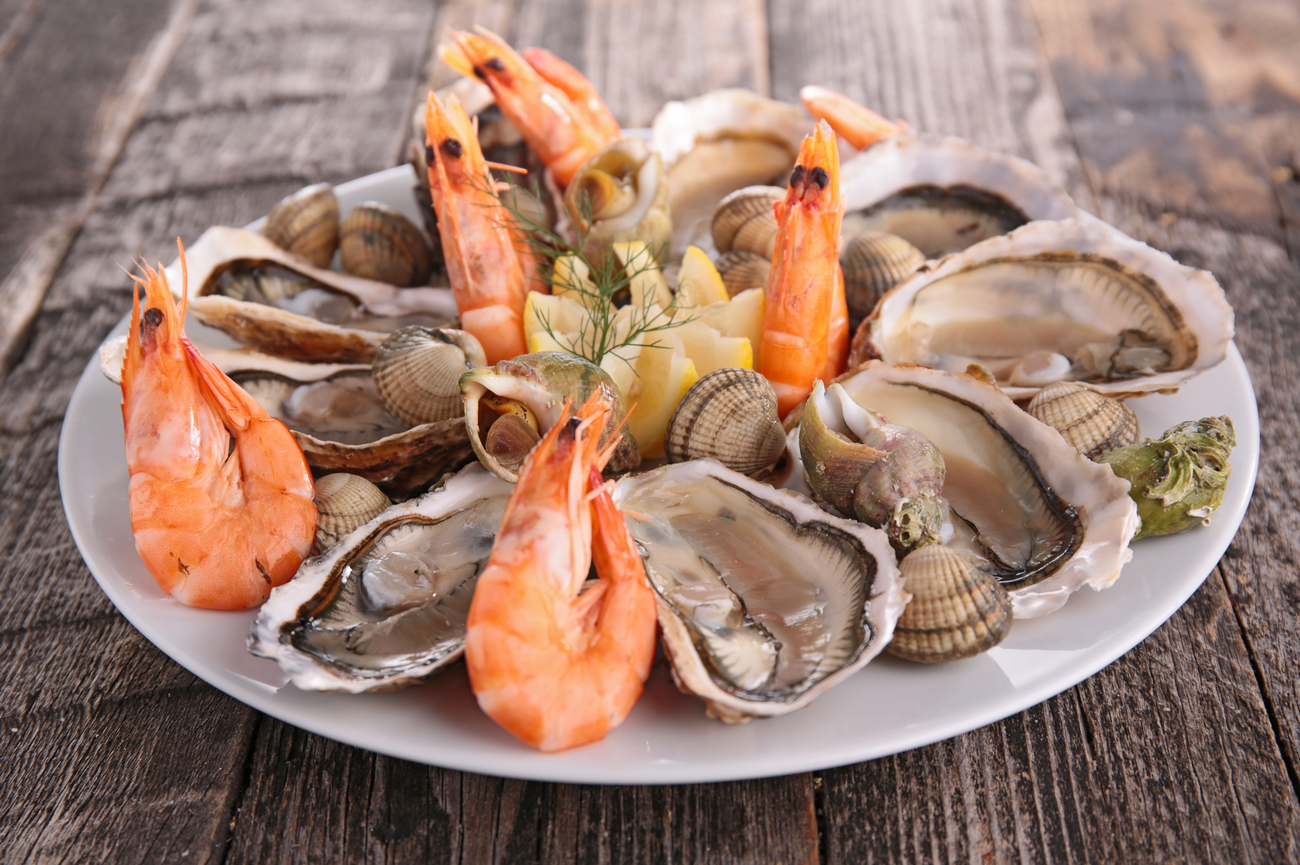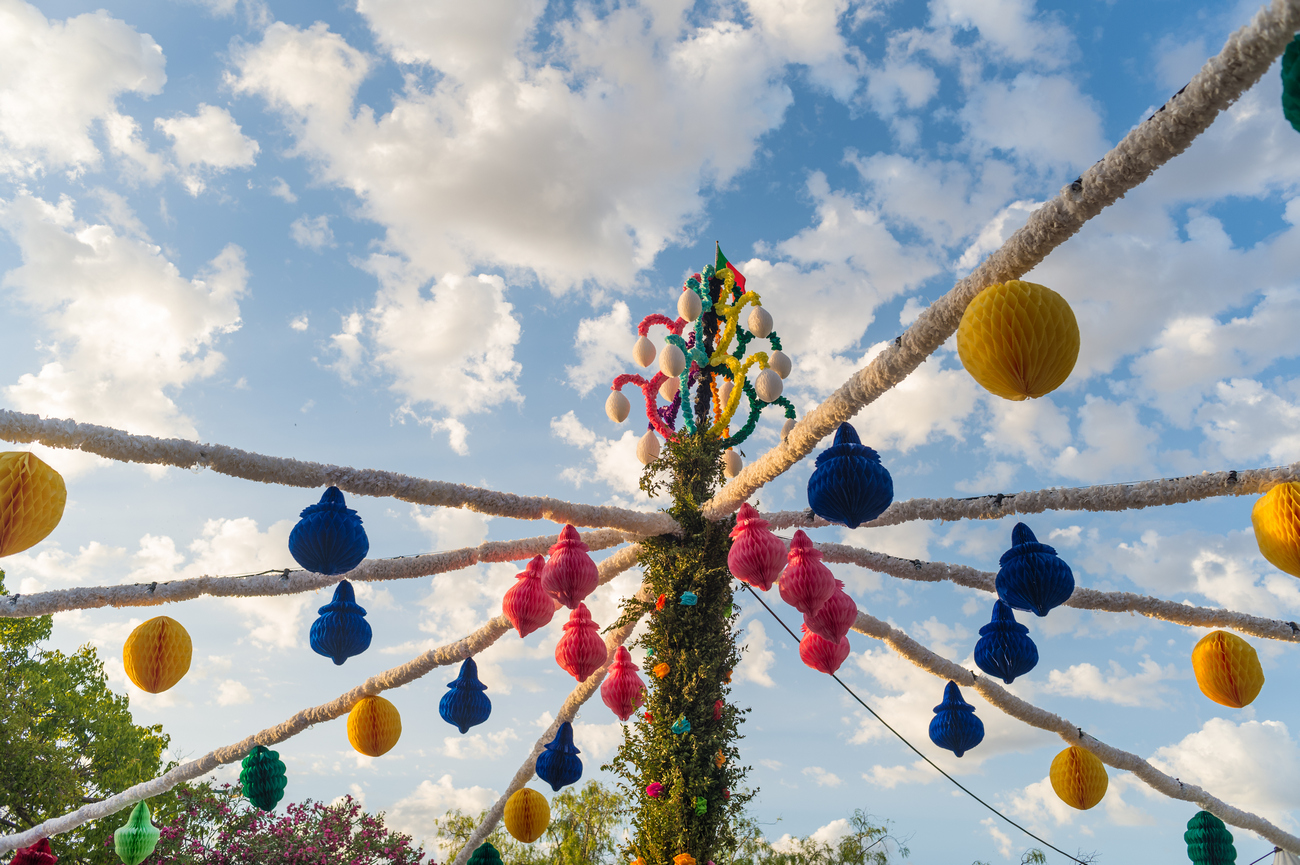Things to do in Tavira - 2-day itinerary
Set along the banks of the Gilão River, Tavira is one of the most
attractive towns in the Eastern Algarve. The town was ruled by the Moors
between the 8th and the 13th century, an influence that is still
visible today in the region’s architecture. Later, in the 17th century,
Tavira became one of the main trading ports of the Algarve, shipping
products like salt and dried fish. Tavira still retains much of its
traditional charm, with cobblestone lanes and whitewashed cottages
straddling both sides of the river.
The main attractions here are the
churches, the castle walls and the stunning beaches around Ria Formosa.
Our two-day itinerary covers the best things to do in Tavira, so you
don’t miss a thing.
Day 1

Morning: Mercado da Ribeira
Start the day at the Mercado da Ribeira, a 19th-century market set along the riverfront. The food stalls have since been replaced by small shops and cafés, where you can sit down and grab a bite to eat. If you want to see some fresh produce, head to the Mercado Municipal de Tavira a few minutes east.
Jardim do Coreto
Continue your tour along the waterfront, passing through the Jardim do Coreto. This charming garden is surrounded by palm trees and red-wooden benches leading the way to a gorgeous bandstand. It is the oldest public park in Tavira, erected in the 1890s.
Praça da República
Eventually, you’ll end up at Praça da República, the main square of Tavira. You’ll find plenty of cafés and restaurants here, as well as the town hall and the tourist office. Many events take place here throughout the year, like the carnival parades.
Islamic Museum
Also on the square is Tavira’s Islamic Museum. Inside are several artefacts discovered across town that relate to the city’s Moorish roots. Among the most important items in the collection is the Tavira Vase, an ornate ceramic piece featuring figures and animals around its rim.
Igreja da Misericórdia
Keep walking towards the Igreja da Misericórdia, the finest church in Tavira. Erected in the 16th century, the church is a unique Renaissance monument featuring a carved gilded altar and three naves covered with blue and white tile panels depicting the life of Christ. Be sure to climb to the top of the bell tower for a panoramic view of the city.
Other churches worth visiting in Tavira include Igreja de Santa Maria do Castelo, Igreja de São Brás, Igreja de São Paulo and Igreja de Santa Ana.
Afternoon: Museu Municipal de Tavira - Palácio da Galeria
Just a few minutes from the church is the main section of the Tavira Municipal Museum. Occupying the site of an ancient Phoenician village, this museum offers exhibits on the history of the town and its fishing traditions. There is also a section dedicated to contemporary art.
Castelo de Tavira
It’s easy to spot the town’s castle as its stone walls emerge amidst the whitewashed buildings. This old Moorish fortress was built to protect Tavira and its fishing port against pirate raiders. Step inside and enjoy the view of the whole town — the river, the church towers and the lagoons of Ria Formosa in the distance.
Igreja de Santa Maria do Castelo
A few steps away from the castle is one of the many churches of Tavira, Igreja de Santa Maria do Castelo. The building dates back to the 13th century and was likely erected on the site of the town’s old mosque. It initially followed the Gothic style, but after the 1755 earthquake, the church was severely damaged and had to be rebuilt. A few Gothic elements remain in the main doorway and the rose window. Inside, however, you’ll find 18th-century tiles and gilded altarpieces.
Camera Obscura Tavira
After visiting the church, head to the Tower of Tavira across the road. It may seem like an ordinary water tower from the outside, but inside there is a camera obscura using mirrors and lenses to project a 360-degree view of Tavira. You can climb up the stairs or ride the elevator to the top, where a guide awaits to give you a virtual tour of the city.
Ponte Romana
End the day with a walk along the Ponte Romana. Despite the name, this “Roman Bridge” was actually erected in the 17th century. However, it looks much older due to the style of its arches. The bridge is the perfect spot to capture a postcard view of the city and the riverfront.
Day 1 - Tavira Tour Map
Day 2

Morning: Ilha de Tavira
Spend your second day exploring the beaches and islands of Tavira. From Cais das Quatro Águas, you can hop on a boat to Ilha de Tavira. You’ll sail along the salt pans of Ria Formosa for 10 minutes before arriving on this charming island. Once you get there, you’ll have to walk through a small pine forest to reach the first beach — Praia de Tavira. A bit further are the beaches of Praia da Terra Estreita, Praia do Barril, and Praia do Homem Nú. This last one is reserved for naturism. The island is located within the Ria Formosa Natural Park, one of Portugal’s natural wonders and a haven for migratory birds, such as flamingos and egrets.
Salina de Tavira
Return to shore to visit the salt pans of Tavira. Salt has been produced here since at least the Roman era. Many of these places are open to visitors, allowing you to learn more about the history of this trade and the extracting process. There are also walking and cycling trails that cross through the area.
Santa Luzia
Drive a few minutes west to the small fishing village of Santa Luzia. Along the harbour are colourful fishing boats and small ferries announcing departures to Praia da Terra Estreita. The village is known as the Capital of Octopus, so you can’t leave without sampling this local delicacy.
Anchor Cemetery
A bit further from Santa Luzia is the town of Pedras d’el Rei. From here, you can follow a trail or take a tourist train to Praia do Barril. Between the dunes is a row of rusty anchors buried in the sand, nicknamed the Anchor Cemetery. These recall the island’s tuna fishing industry that has since fizzled out.
Afternoon: Cabanas de Tavira
Head to Cabanas de Tavira, a tiny town packed with seafood restaurants that was once a settlement for fishermen. Enjoy a stroll through the streets, then hop on another boat to Ilha de Cabanas. The island is slightly smaller than Ilha de Tavira, but it is just as stunning, with its soft sand caressing the clear waters of Ria Formosa. There is only one beach here stretching for 7 kilometres with several facilities, including a café, sun beds and showers.
Cacela Velha
End the day at Cacela Velha, another fishing village between Tavira and Vila Real de Santo António. The village itself is quite tiny, but it does offer great views of both the sea and the lagoons of Ria Formosa. The best part of Cacela Velha is its beach. To get here, you have to drive to Sítio da Fábrica, then catch a boat or wait for the low tide to cross the river on foot.
Day 2 - Tavira Tour Map
Day trips from Tavira
- Fuseta: This tiny fishing village is only a 20-minute drive from Tavira. From here, you can access the islands of Culatra and Armona and its secluded beaches.
- Vila Real de Santo António: Head east towards Vila Real de Santo António, a picturesque town on the edge of the border between Portugal and Spain. Explore its charming squares, stroll along the marina or relax at one of the town’s beaches. You can also hop on a boat to the neighbouring town of Ayamonte in Spain.
- Olhão: About 30 minutes west of Tavira is Olhão. This seaside town has a bustling food market, which is especially busy on Saturdays. Other attractions include a 17th-century church and an olive oil farm.
Things to do with kids in Tavira
Tavira is a great family destination. There are plenty of beaches to explore, many of which you can reach via boat or train, making it a fun attraction in itself. Along the way, you can often spot many birds who nestle in the surrounding nature reserve. In the town centre, you can visit several attractions, including the Camera Obscura, the Castle of Tavira and the Tavira Science Centre, which features interactive science exhibits. In addition to that, there are many gardens where children can run freely, like the Jardim do Coreto. Bicycle and kayak tours are also available in the area.
Where to eat in Tavira
In the historic centre of Tavira, you will find several restaurants serving regional dishes and local wine. Tuna, octopus and swordfish are a few of the most popular ingredients here. If you're sharing a meal, order the cataplana, a delicious shellfish stew cooked in a copper pan. Below are some of the best places to eat in Tavira:
- D’gusta: Just a few steps from the Cais das Quatro Águas is D’gusta. This no-frills restaurant specialises in Portuguese tapas, so you can sample a variety of dishes, from tuna tartar to sautéed mushrooms.
- Come na Gaveta: This casual gastro-pub serves a mix of tapas, burgers and sandwiches. Try the octopus tempura or the tuna toast in bolo do caco, a sweet potato bread typical from Madeira.
- Nó de Gosto: You’ll find this cosy spot just across the Ponte Romana. Open for dinner only, it serves a variety of Portuguese-style snacks. Specialities include codfish, tuna and cured ham.
- O Tonel: Also on the other side of the river is this contemporary restaurant serving a mix of meat, seafood and veggie-friendly dishes. Don’t miss the octopus with sweet potato and the goat cheese starter. It’s a popular spot, so it’s worth booking a table in advance, especially if you want a seat on the terrace.
- Ai Mãe: This farm-to-table restaurant serves a variety of tapas with a focus on seafood. You can order anything from sardines to oysters and octopus.
Where to stay in Tavira
- Pousada Convento de Tavira (4 stars): Occupying a former convent, this luxurious hotel offers elegant rooms with historical details. Guests also have access to a swimming pool, a spa, and a restaurant. It’s located right next to Tavira’s top attractions, including the castle and the Camera Obscura.
-
Vila Galé Tavira (4 stars): Just a few minutes
from the Gilão River is this elegant four-star hotel. It offers a mix
of rooms and apartments, some of which with private balconies.
Other amenities include two swimming pools, a spa and a restaurant. Families can also take advantage of the kids club.
- Tavira House Hotel (4 stars): This charming boutique hotel sits halfway between the castle and the train station. It offers comfortable rooms with modern amenities. Be sure to climb up to the rooftop for a panoramic view of the city.
Fancy a vacation rental instead of a hotel? Here is our selection of the best vacation rentals in Tavira.
Best time to visit Tavira
Tavira has a Mediterranean climate with relatively hot summers and mild winters. Summer is the hottest season, with temperatures reaching up to 30ºC. The sun is out pretty much all day long, making it an ideal time to hit the beaches. That said, it can be a bit crowded in some areas. Spring and early autumn offer slightly lower temperatures (between 15ºC and 25ºC), but there are fewer crowds, and accommodation tends to be cheaper. You can still make the most of outdoor activities and enjoy many local festivals around this time.
Tavira Festivals
- Carnival: Around February or March, Tavira celebrates carnival with concerts and parades. Locals dress up in costumes and take over the streets around Praça da República and Jardim do Coreto.
- Procissão do Triunfo: This religious procession takes place during Easter on Palm Sunday. It begins and ends at Igreja de Nossa Senhora do Carmo.
- Festival de Gastronomia do Mar: Held between April and May, this culinary festival offers the chance to sample a variety of local seafood delicacies. Beyond the food stalls, the event includes cooking demonstrations, and plenty of live music and entertainment.
- Santos Populares: Like many cities around Portugal, Tavira celebrates the popular saints in June. You can count on grilled sardines, a colourful street parade and concerts.


